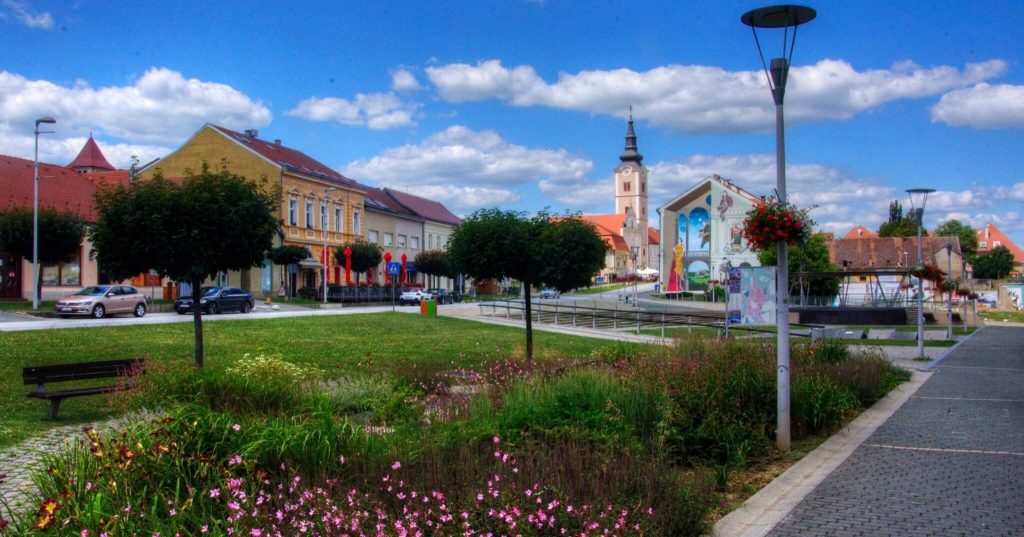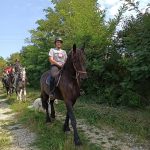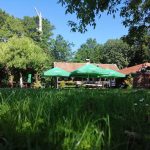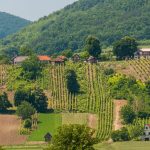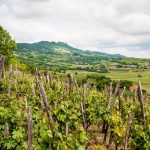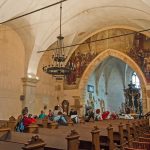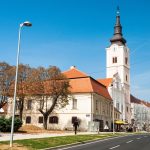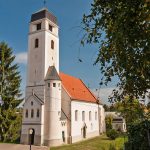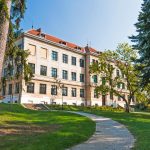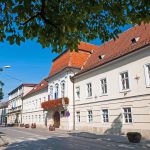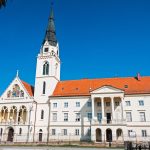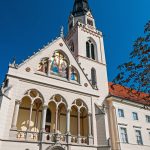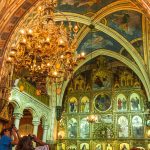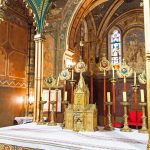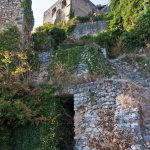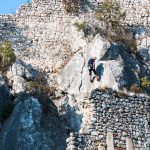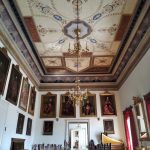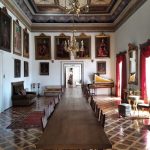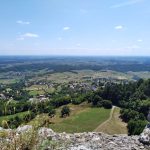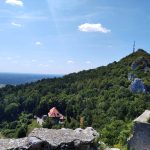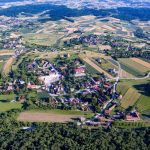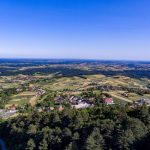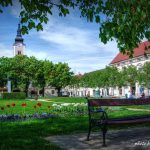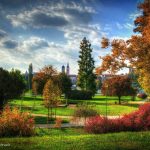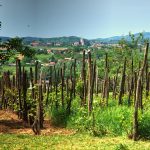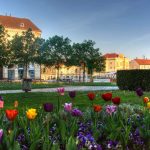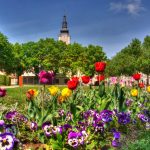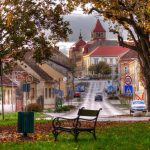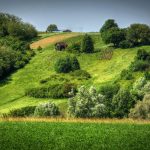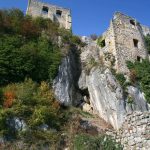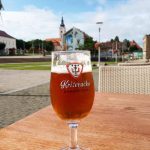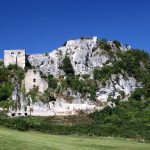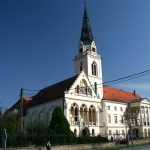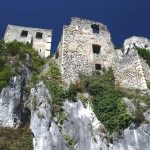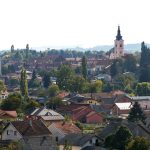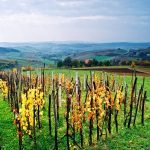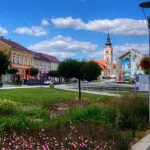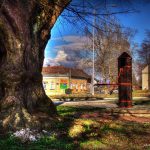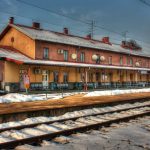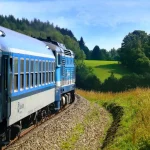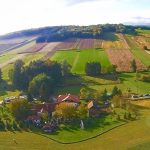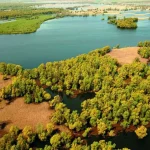Every year, more and more people fly into Zagreb. Maybe they’ll stay a few days before heading to the seaside? No surprise if they do – there’s a lot to see in this modern European city.
Some don’t even travel on to the coast. With famous Christmas markets, cultural events and opportunities for digital nomads, Croatia’s capital has become a year-round destination with its own inexhaustible appeal. And, one of Zagreb’s best aspects is the endless number of amazing day trips you can make from the city.
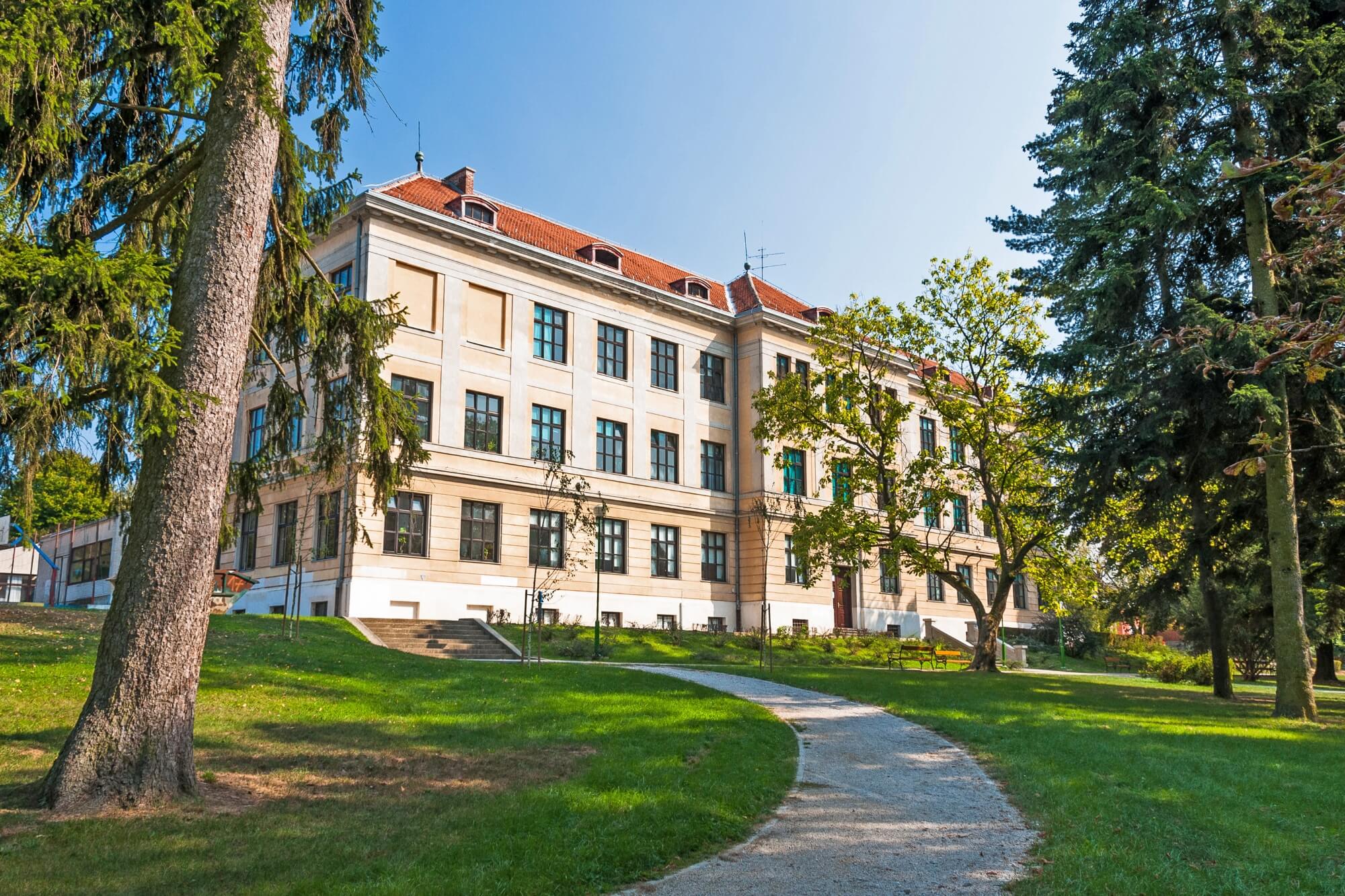 © Mato Zeman
© Mato Zeman
The historic town of Križevci is one such day trip. First mentioned in 1193, it is one of the oldest medieval towns in the region. Certainly, you won’t be the first to drop by.
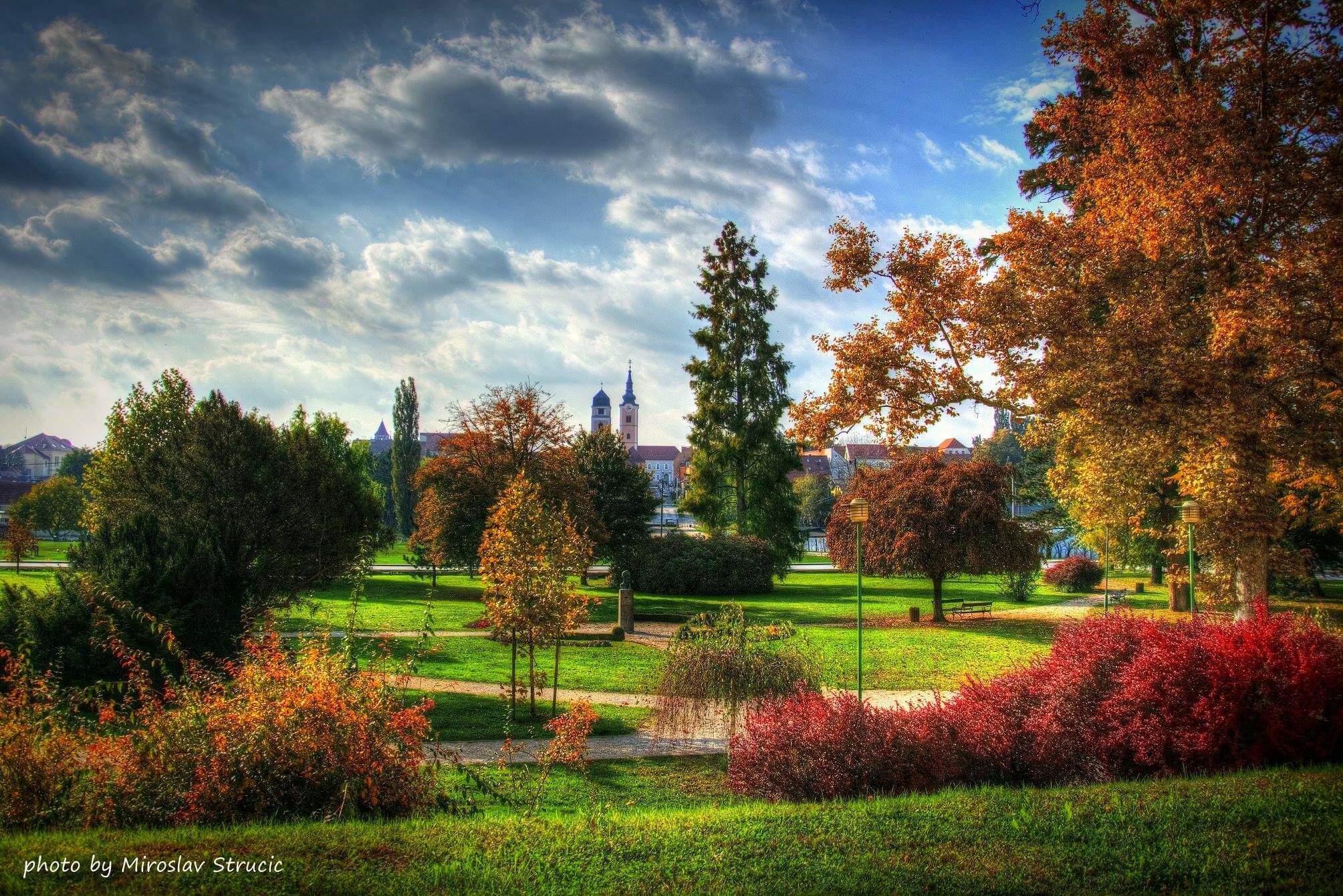 © Miroslav Stručić
© Miroslav Stručić
Križevci famously stands at the intersection of roads connecting Zagreb, Koprivnica, Bjelovar and Varaždin. For centuries it has welcomed visitors travelling along those routes.
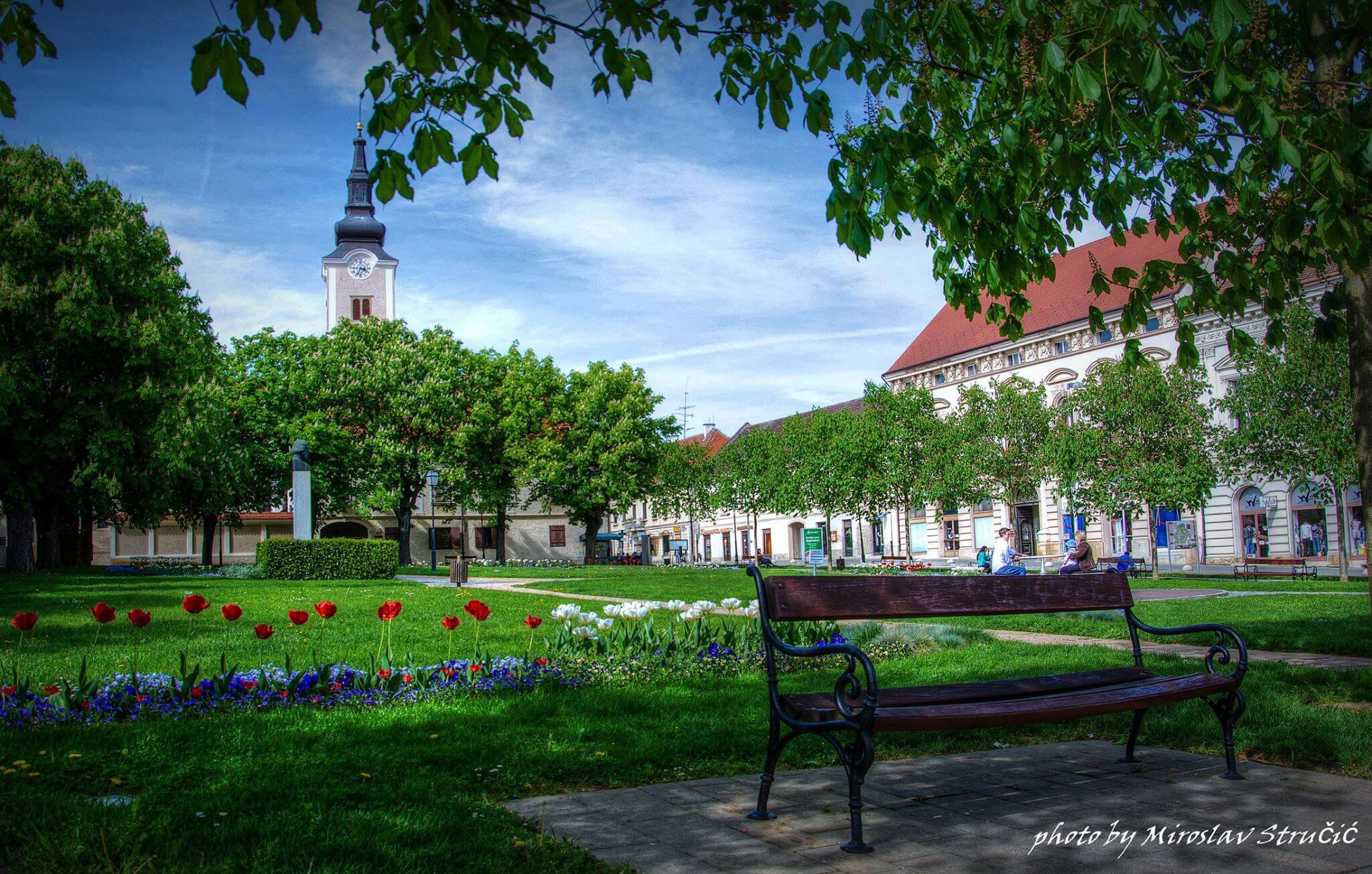 © Miroslav Stručić
© Miroslav Stručić
In the modern era, even more people passed through the town after it was included on the important Budapest to Rijeka rail line. Nowadays, it’s one of the fastest train routes in Croatia. Indeed, your day trip from Zagreb to Križevci will only take around an hour by train or car. And there are plenty of great reasons why you should make the journey.
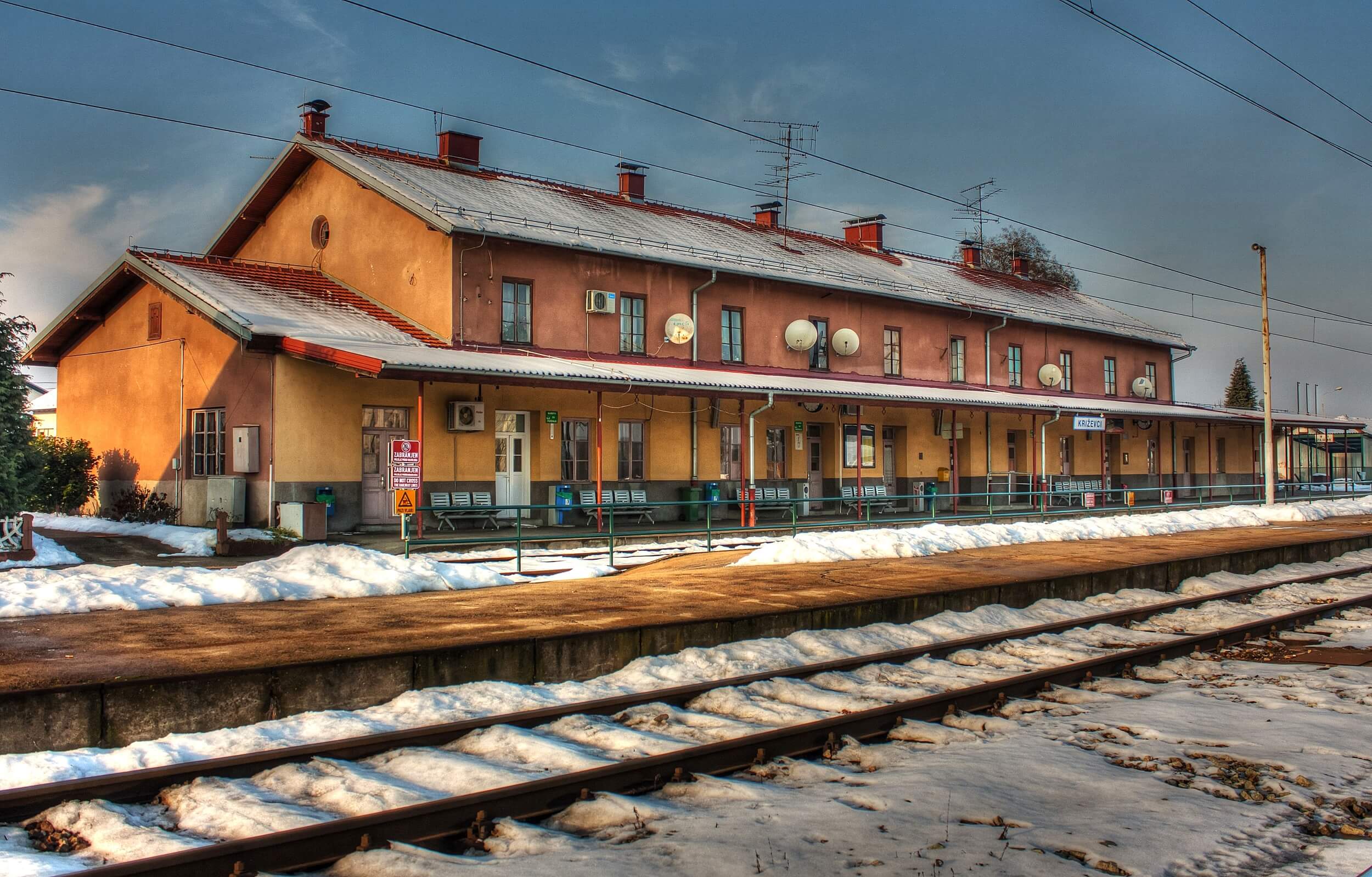 Križevci train station © Miroslav Stručić
Križevci train station © Miroslav Stručić
Discover 8 churches and 20 wells
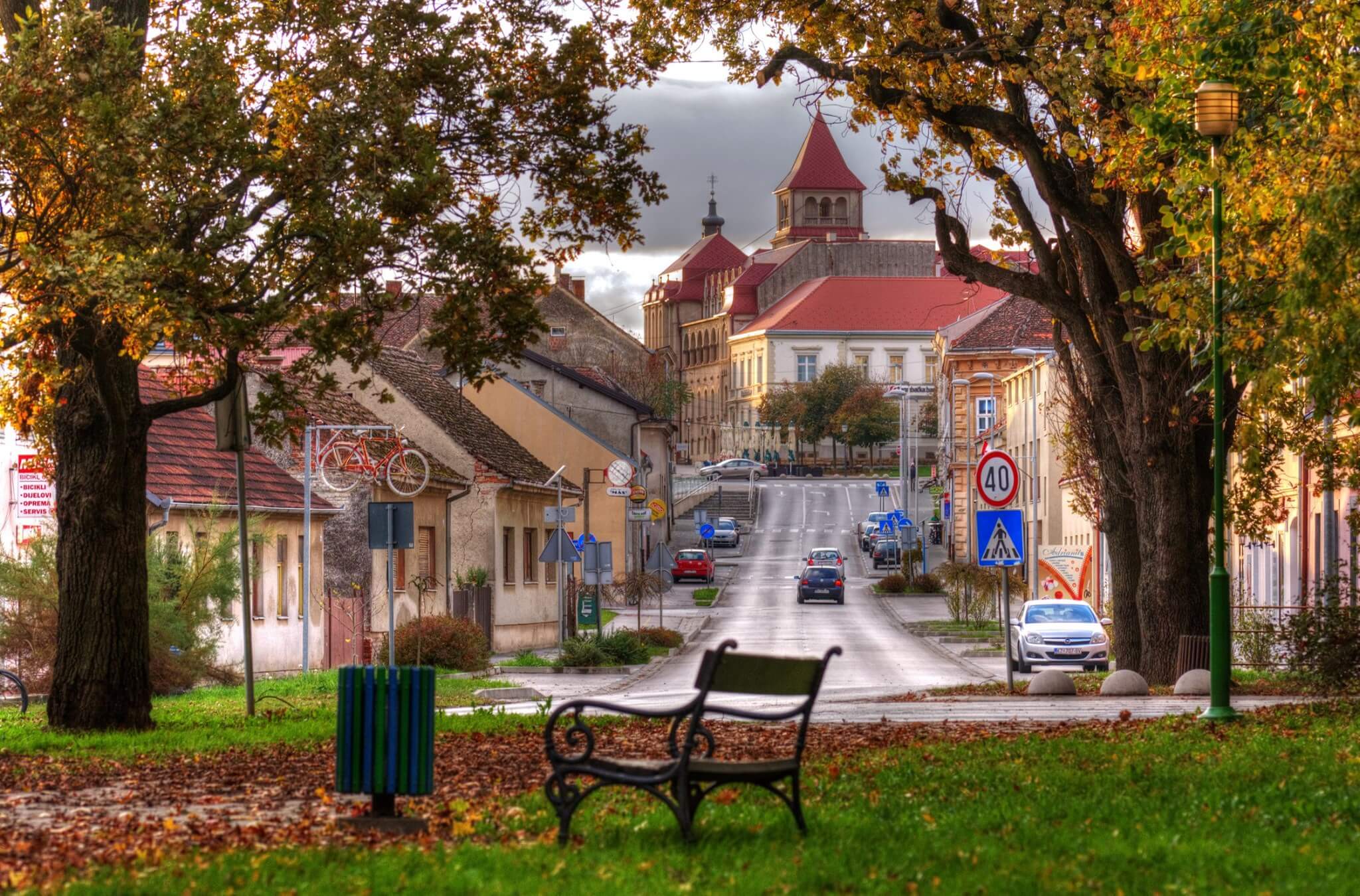 © Miroslav Stručić
© Miroslav Stručić
Križevci is a nice small town to walk around. The town is named after the roads that cross here. To the south of the crossroads, the D22 in Križevci is more or less a tree-lined residential avenue. Today’s town centre only really begins to the north of the crossroads. You’ll notice the change immediately.
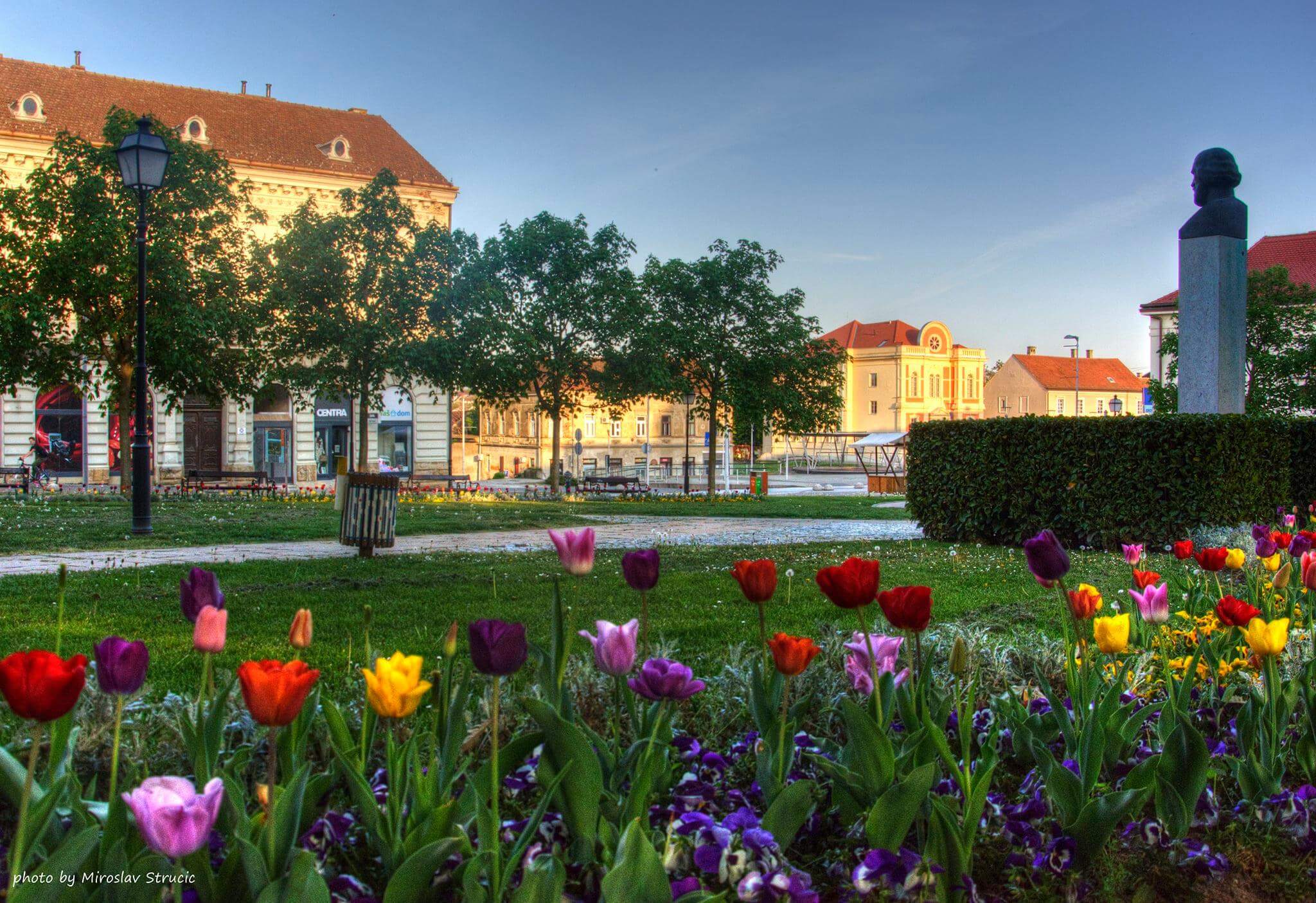 © Miroslav Stručić
© Miroslav Stručić
The architecture here is older and more ornate. Welcoming you on one side of town is Strossmayer Square. On the opposite side, the small cute park on Antun Nemčić Square, then the church of Saint Anne (Sveti Ana). Remarkably, this pretty building is just one of 8 churches here, some of them dating back to the Middle Ages.
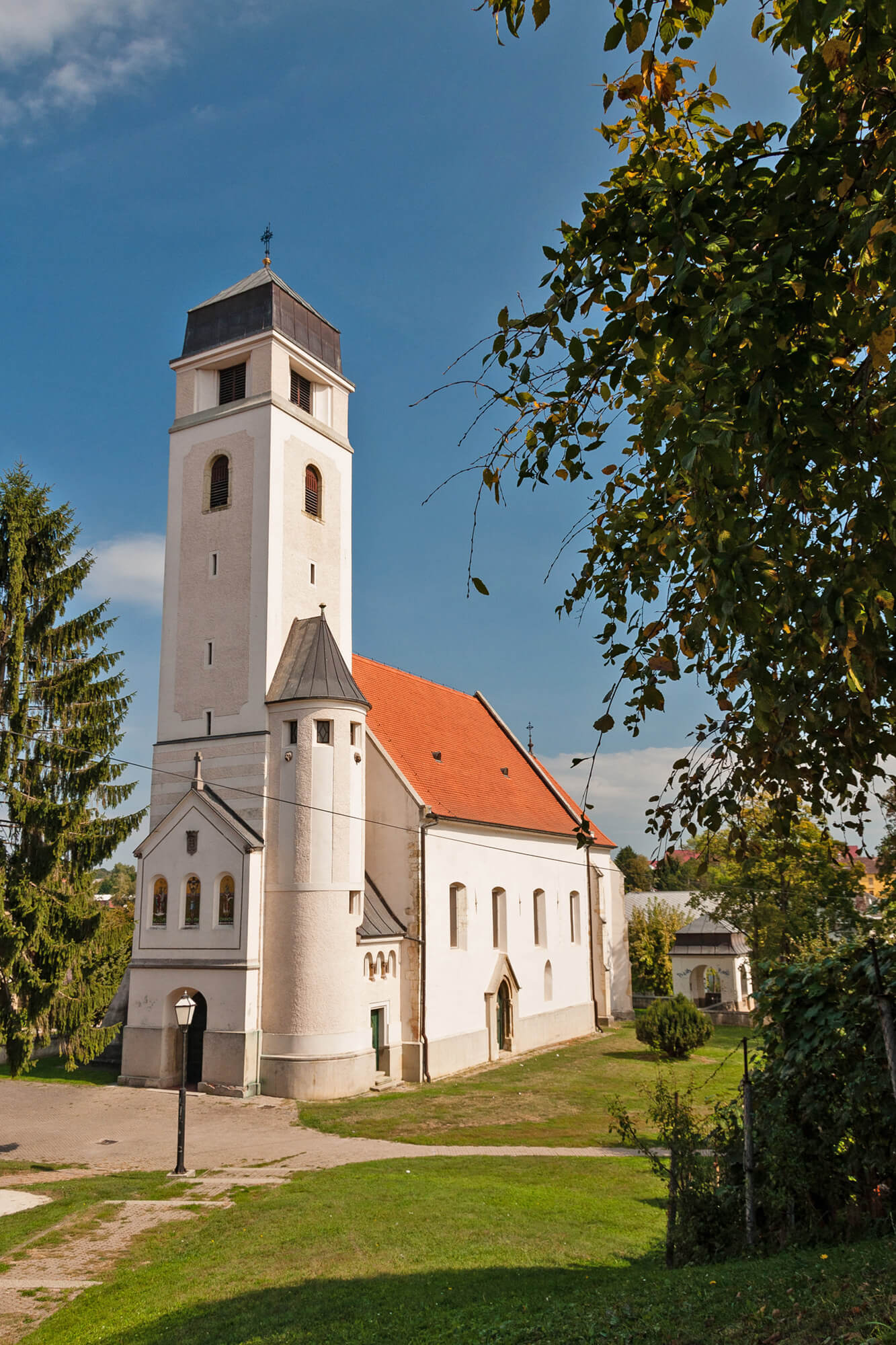 © Mato Zeman
© Mato Zeman
In the oldest, the Gothic Church of Saint Cross, be sure to see the Baroque paintings and 18th-century marble altar. It’s easy to catch sight of all 8 churches during a short walk around Križevci.
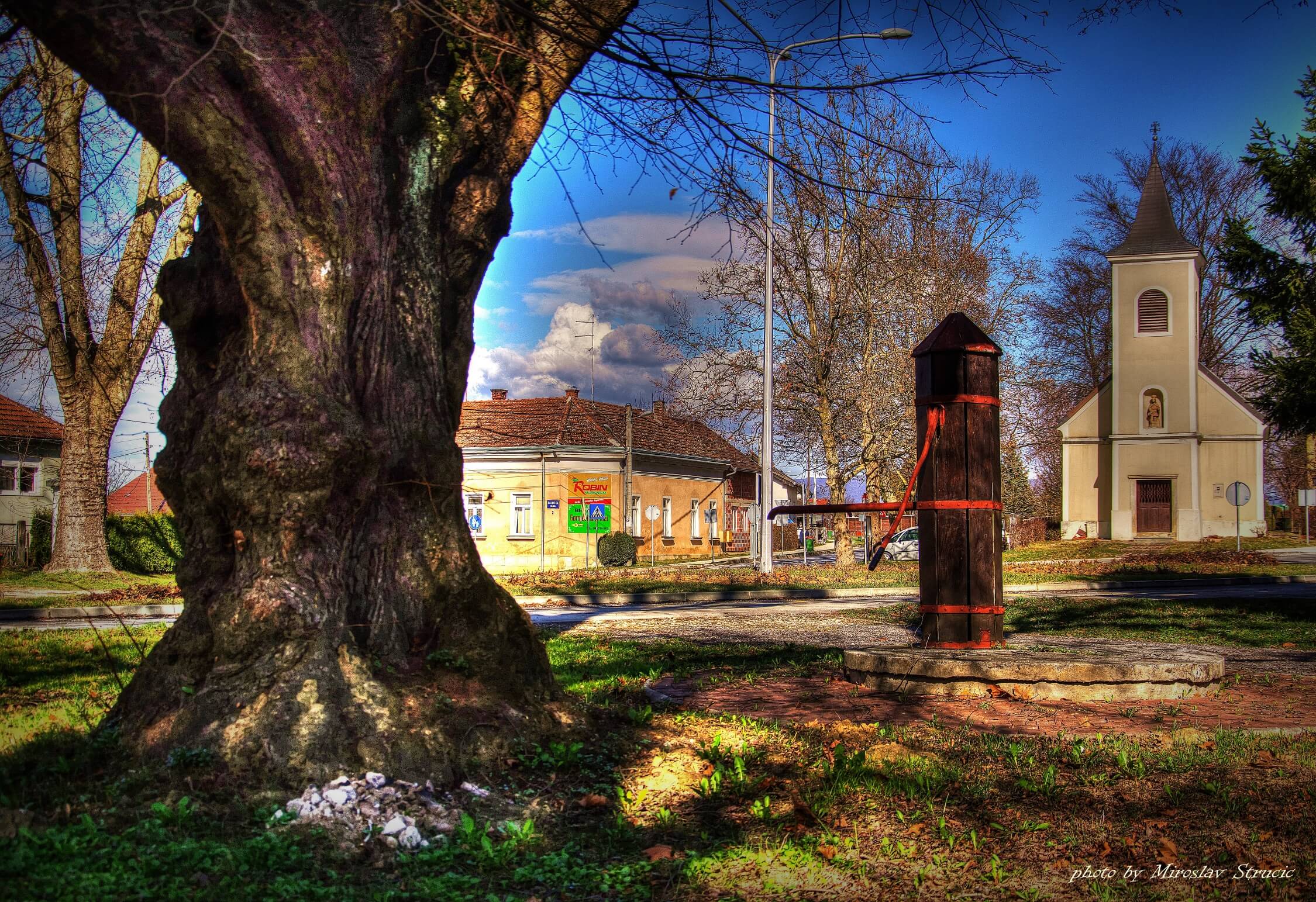 © Miroslav Stručić
© Miroslav Stručić
Also worth looking out for are the 20 old wells dotted around the town. You’ll have to come off the main road if you’re going to find them all. If you’ve got a knowledge of Croatian language you’ll have spotted that Križevci is actually plural. Originally, these were two different places. Can you see where the old upper town ends and lower town begins?
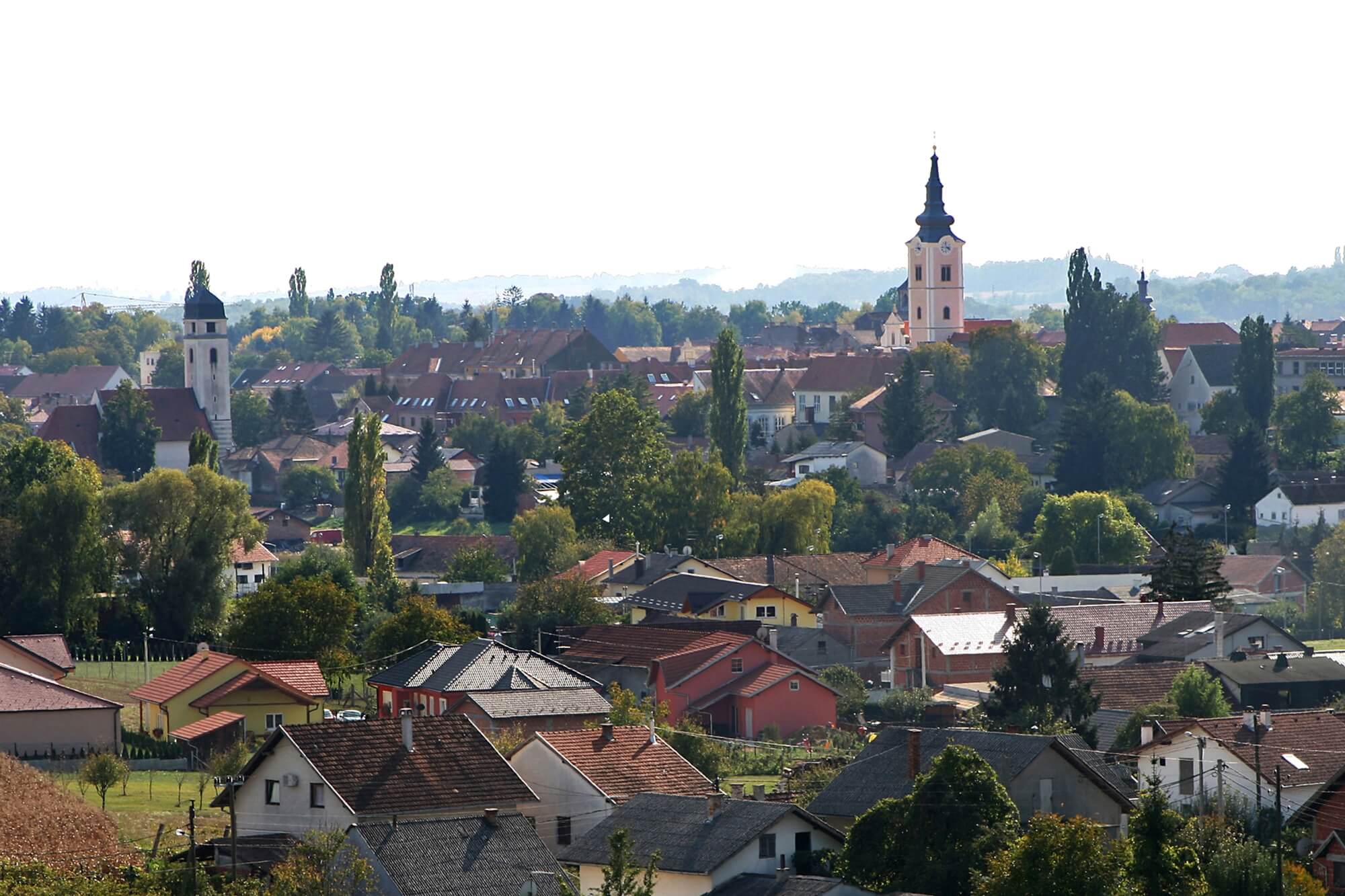 © Željko Car
© Željko Car
Meet the horses at Imanje Plavec (Plavec Farm Estate and Stables)
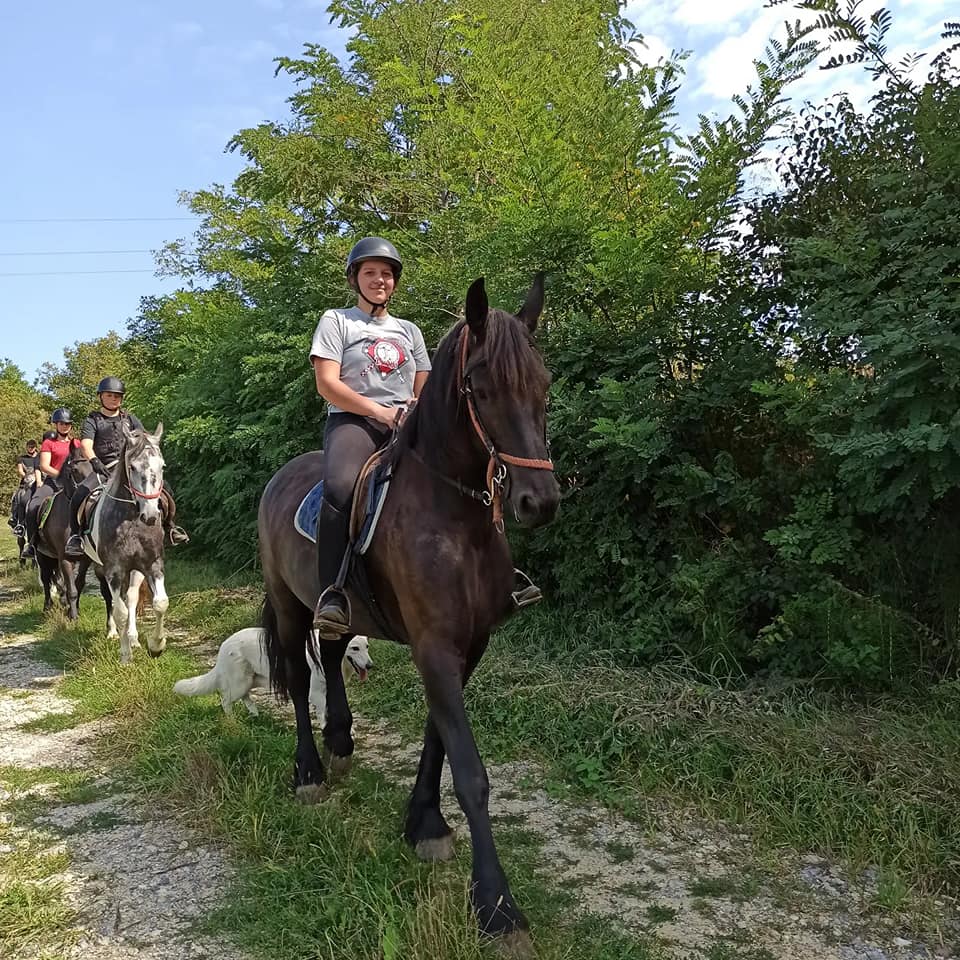 © Imanje Plavec
© Imanje Plavec
On their family farm estate just outside Križevci, the Plavec family of Sveti Petar Orehovac has been breeding horses for decades. It’s a friendly place and famous in the local community. Hundreds of children from the area have visited here to learn about horses. Some volunteer on a regular basis – they help to feed and look after the horses. Also, they are taught how to saddle them and how to ride.
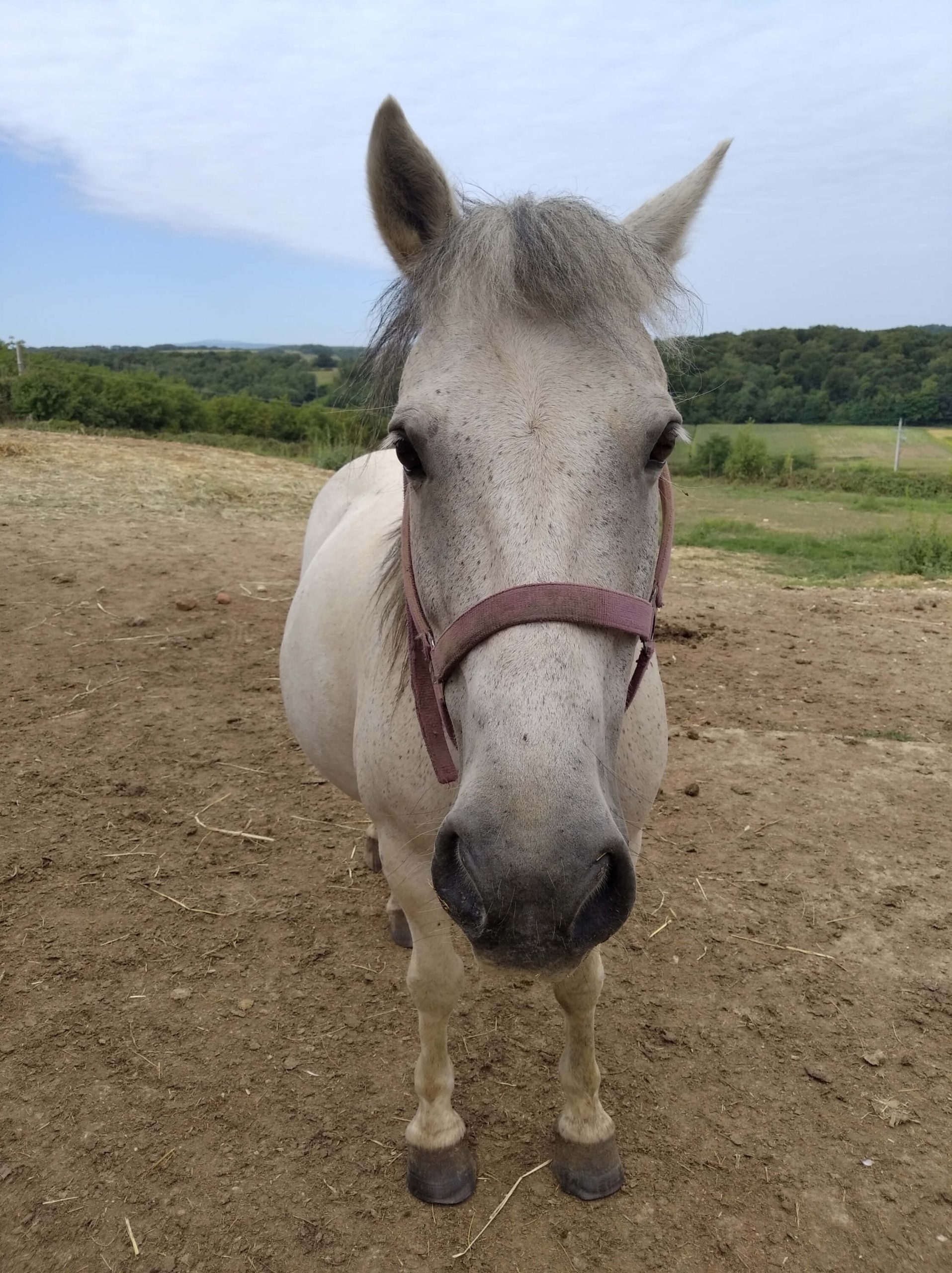 © Marc Rowlands
© Marc Rowlands
It’s obvious the horses love it here. Used to visitors, they approach anyone who comes close. They are curious and eager to make new friends. If you’ve never before been around horses, this is the perfect place to be introduced. Beginners can ride around the training enclosure on the farm, guided by one of the Plavec family.
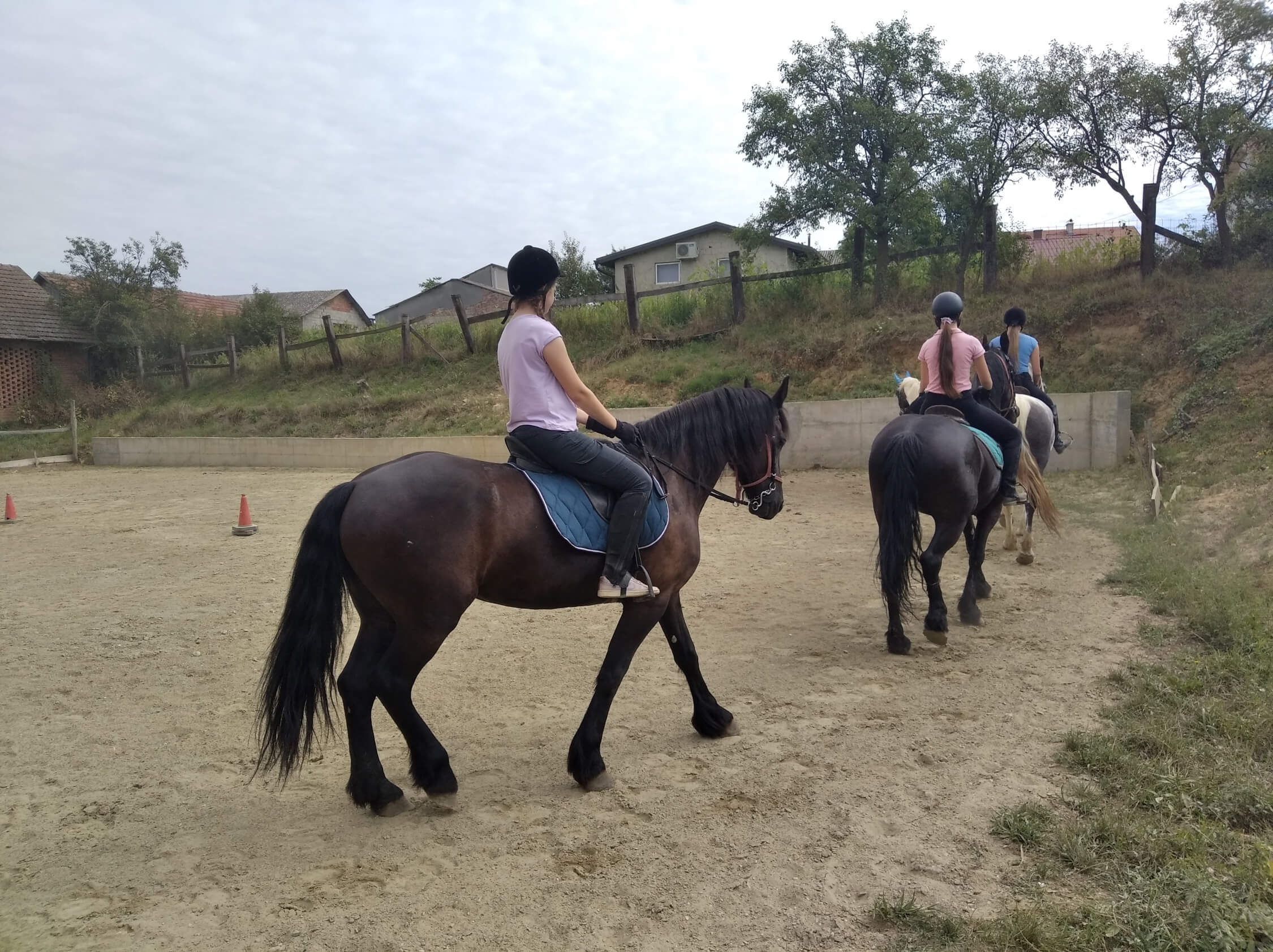 © Marc Rowlands
© Marc Rowlands
Alternatively, there are trail routes through the pretty surrounding countryside of Sveti Petar Orehovac. You don’t have to ride to come and meet the horses here. You can just come to say hello. Also, there’s the option of a carriage ride.
Try the great local food and drink: Križevačko pivo, wine of Križevci, Gornjevinska klet
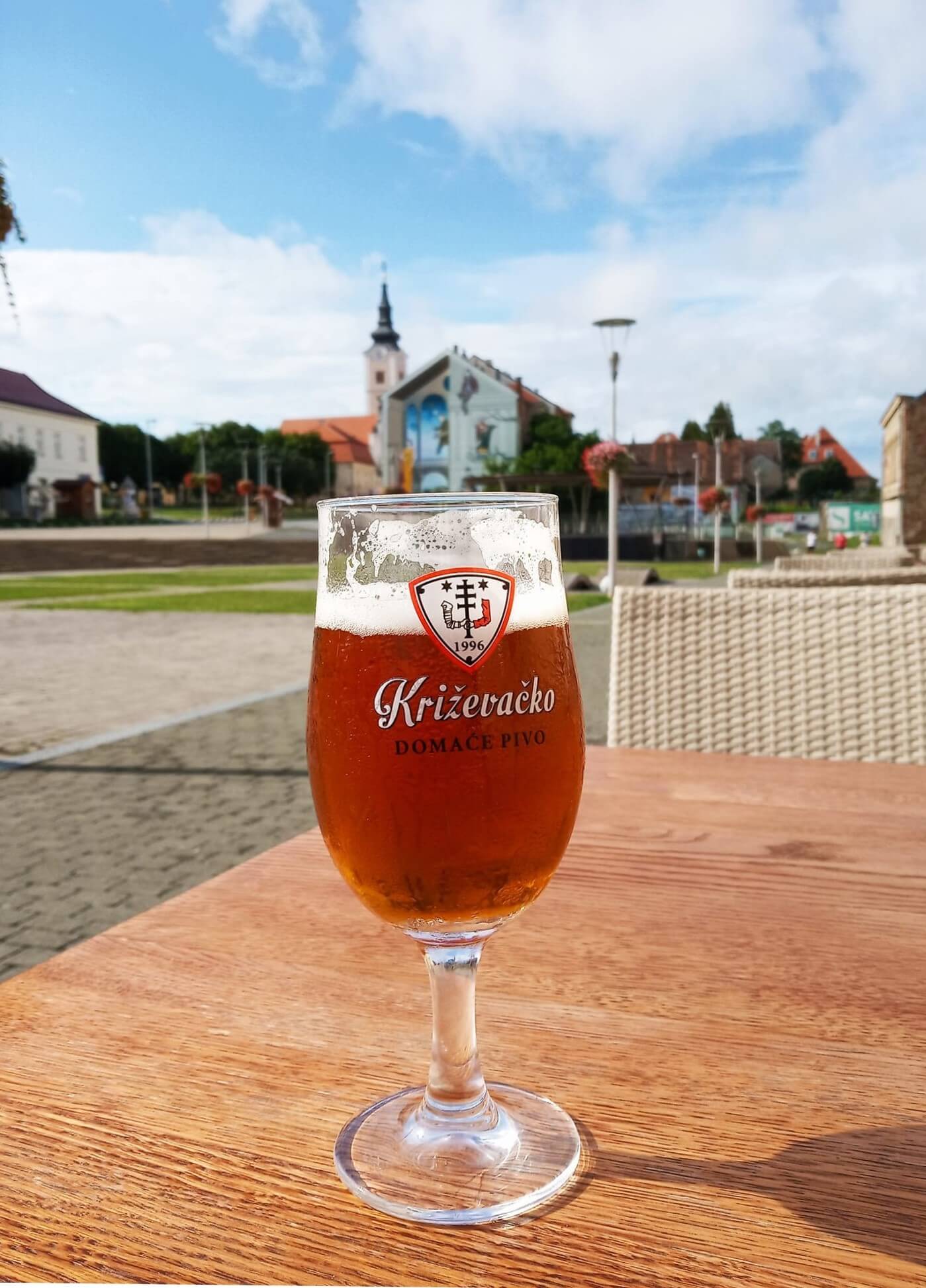 © Križevačko pivovara
© Križevačko pivovara
At Restoran Tomislav (here) in the centre of Križevci, you can sample the local beer. Križevačko (here) is the town’s craft brewer and although they’re not so old, their beer is already known all across Croatia. Their lager and dark beers only come as draft, so don’t pass up the opportunity to try.
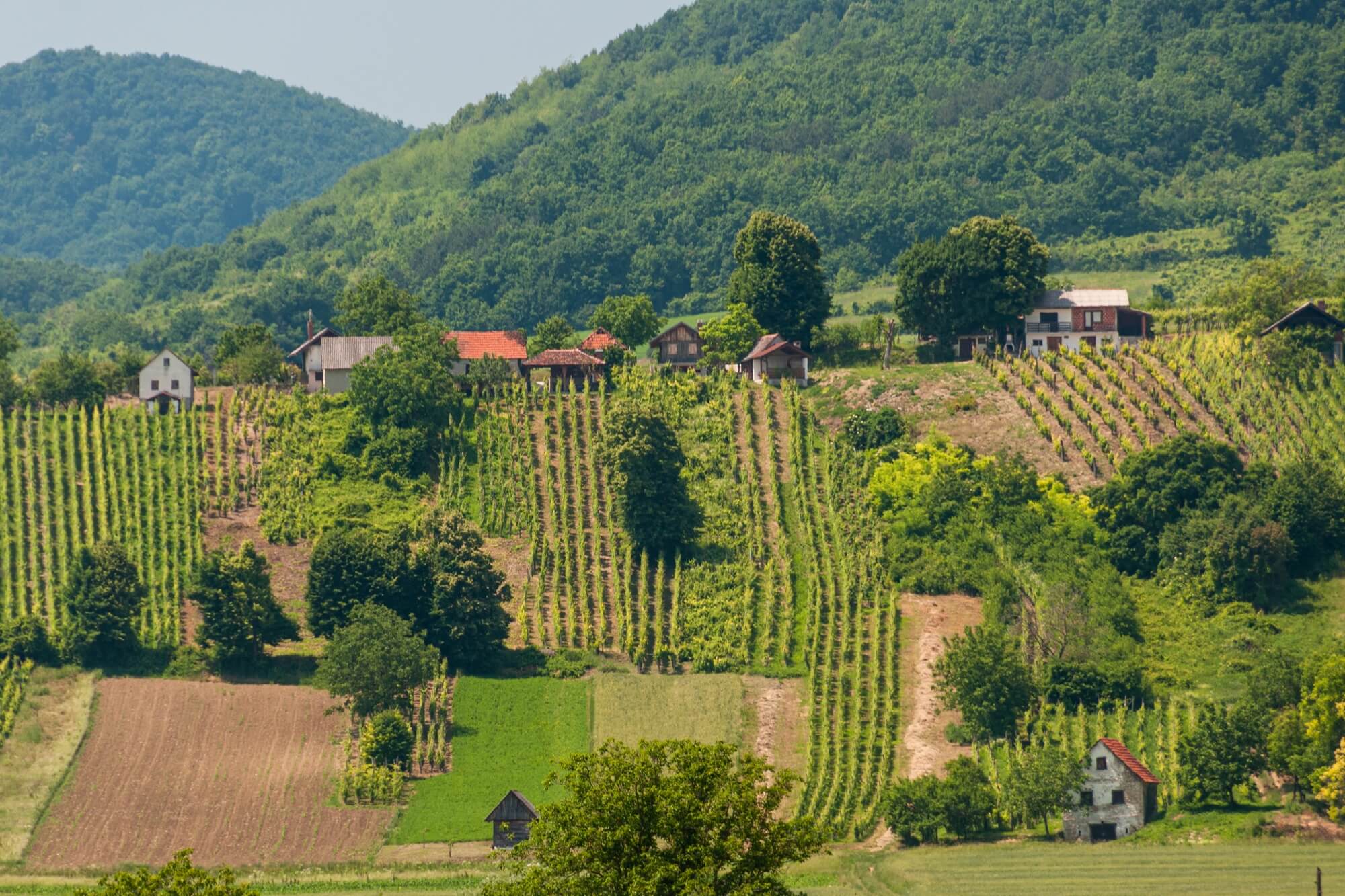 © Mato Zeman
© Mato Zeman
While Križevačko has a good reputation with craft beer connoisseurs, the town of Križevci is actually much more famous for its wine.
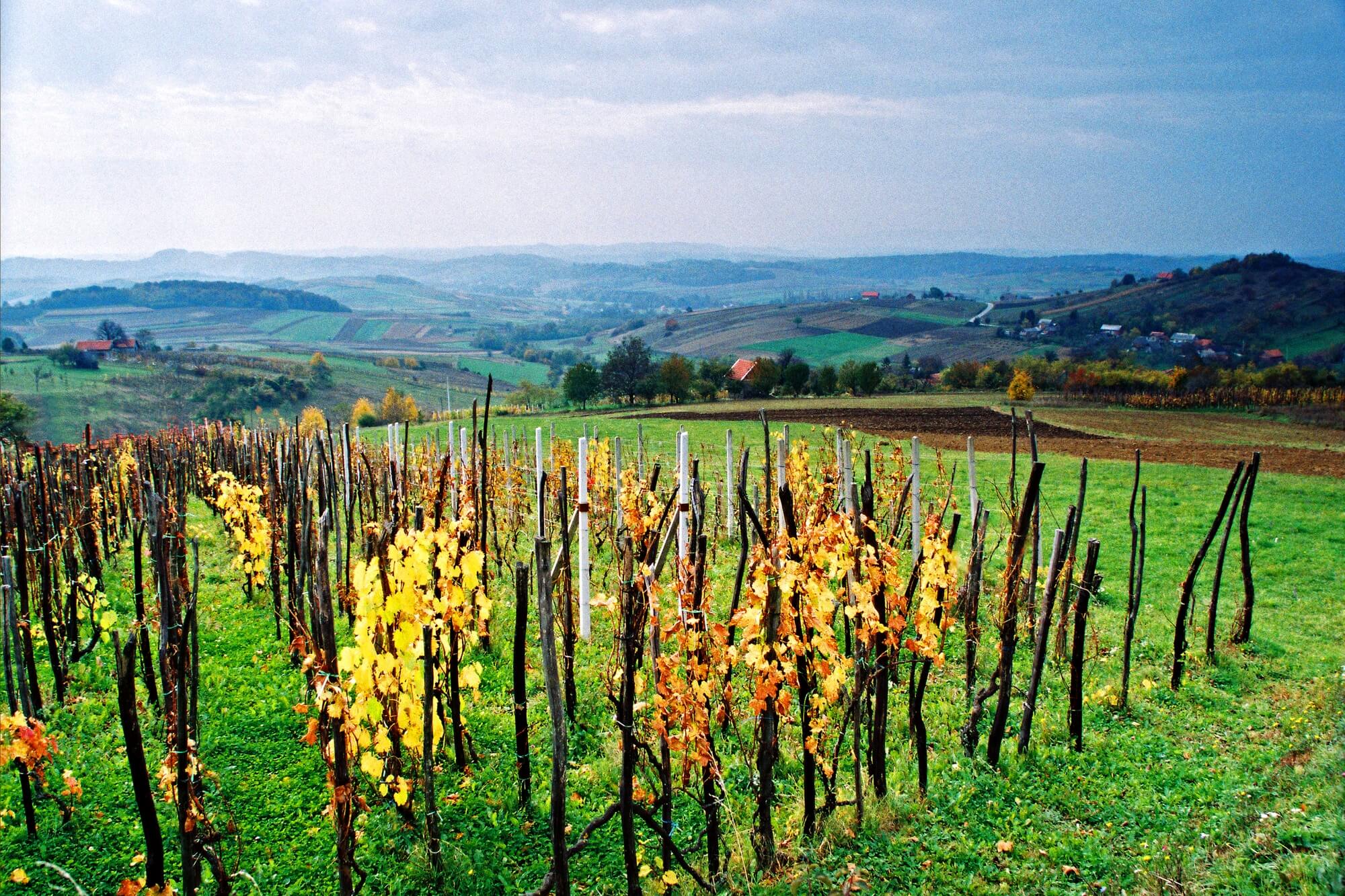 © Željko Car
© Željko Car
The Podolski family (here) grow their grapes on a hill above Carevdar, just outside of town. They have ninety thousand vines planted across 13 hectares of pristine, rolling hills. But, they make the wine in the centre of Križevci and you can visit. All of their wines are white – Graševina, Pinot Noir, Chardonnay and Yellow Muscat, except the Pinot Gris, which is more copper in colour. If you’re lucky and it’s been the right kind of weather, you might visit in a year when they’ve managed to make some of the extremely rare ‘ledena berba’ (frost harvest) wine.
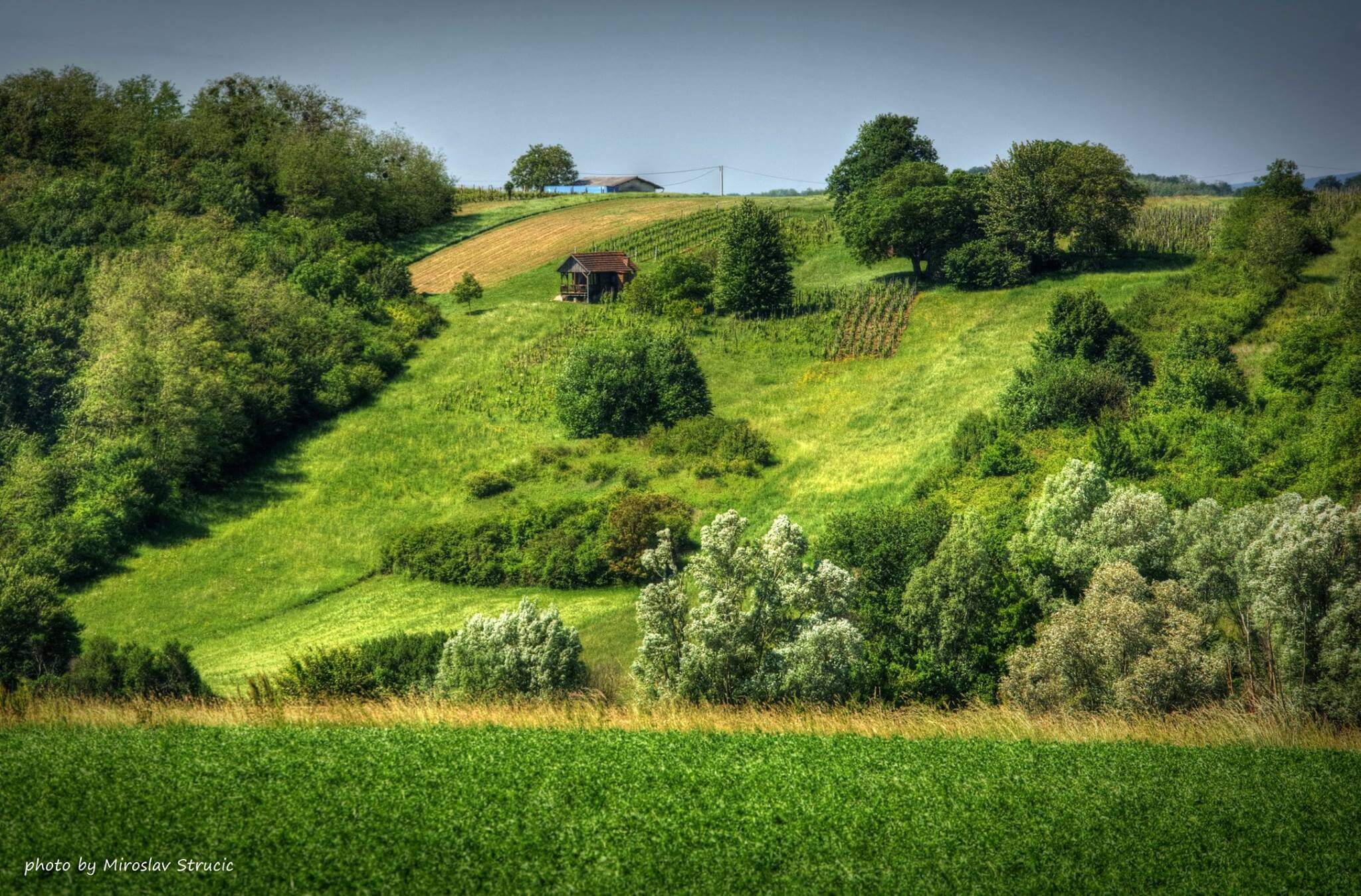 © Miroslav Stručić
© Miroslav Stručić
At the Korenko winery (here), they recommend you try their Graševina, Sauvignon Blanc and their special blended wine – Cuvée Elizabeta. They’ve won numerous awards at domestic and international competitions, including a gold medal for their Sauvignon at the Alpe Adria 2017. You’ll find their winery, tasting area and the tiny chapel of St. Elizabeta in Brckovčina, not far from Križevci, in the wine-growing area of Mladina. With prior notice, you can visit for wine tasting and traditional food.
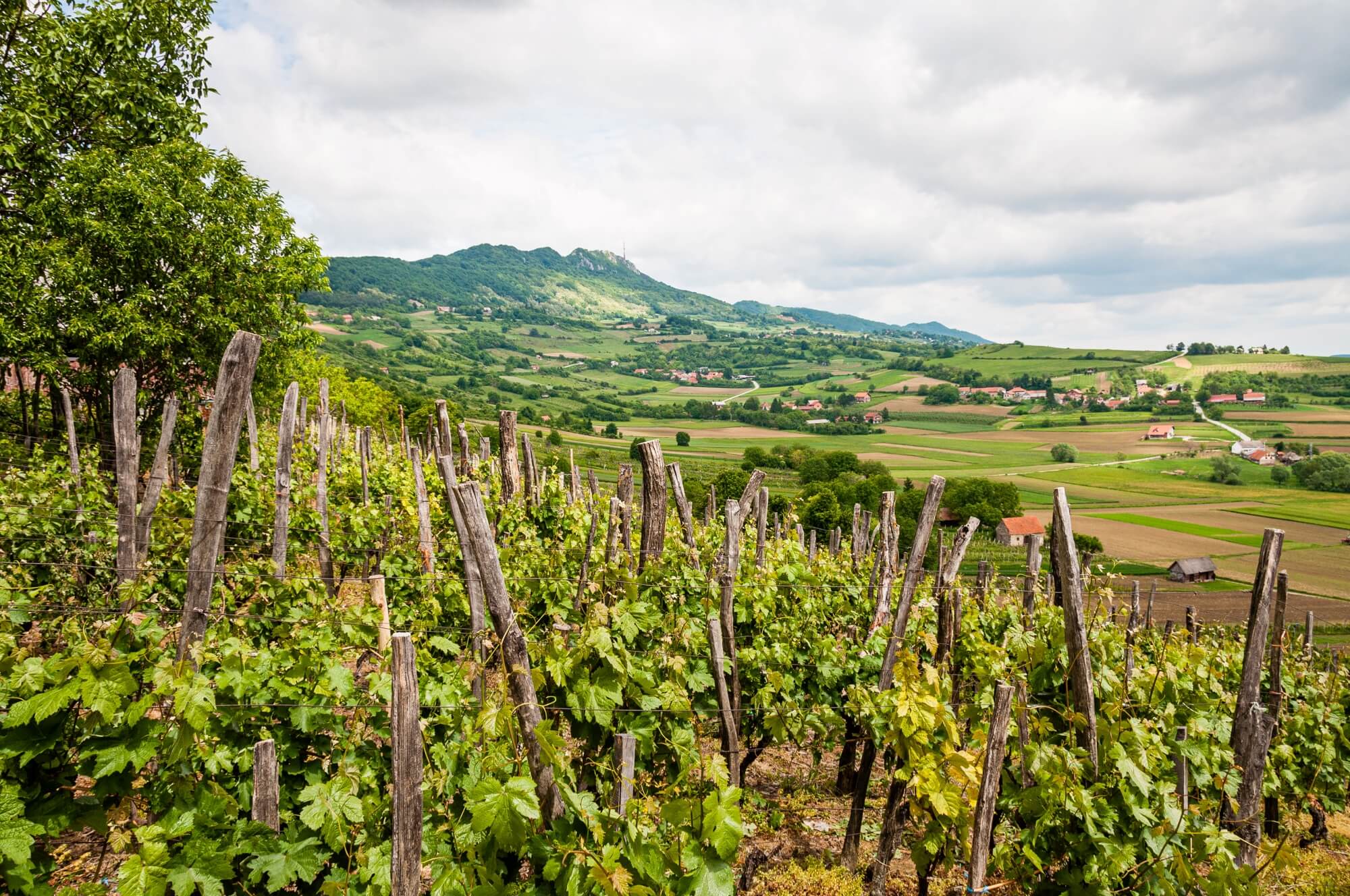 © Mato Zeman
© Mato Zeman
OPG Dragutin Kamenjak (here) not only grows grapes for wine but also apples, some of which go to make an excellent apple cider vinegar. They have 4,500 vines in the areas of Greberanec and Cerovec which produce annually between 3,000-5,000 litres of wine. Several interesting varieties are grown here, including the rare Kleščec which is an indigenous variety of local Kalnik vineyards. Kamenjak also have Chardonnay, Pinot gris and Bouvier. The family farm is a member of the Križevci-Kalnik-Orehovec Wine Road and is available to visit by prior arrangement.
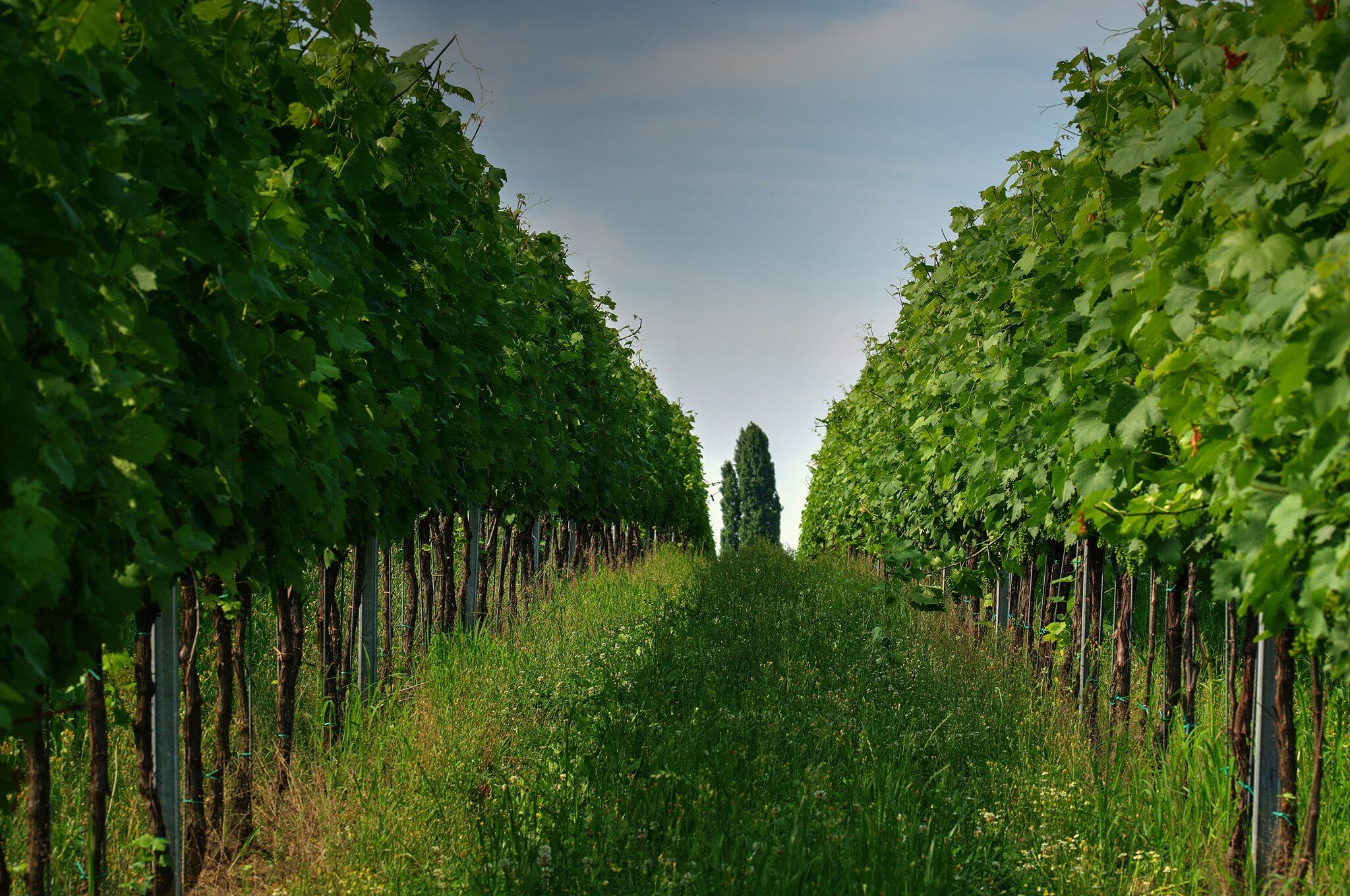 © Miroslav Stručić
© Miroslav Stručić
Just across the road from Kamenjak’s vines in Greberanec, you’ll find one of the very best places to eat in Križevci. Gornjevinska klet (here) serve delicious food of this specific region. All of their ingredients are sourced locally, the food is freshly prepared and all of it is homemade.
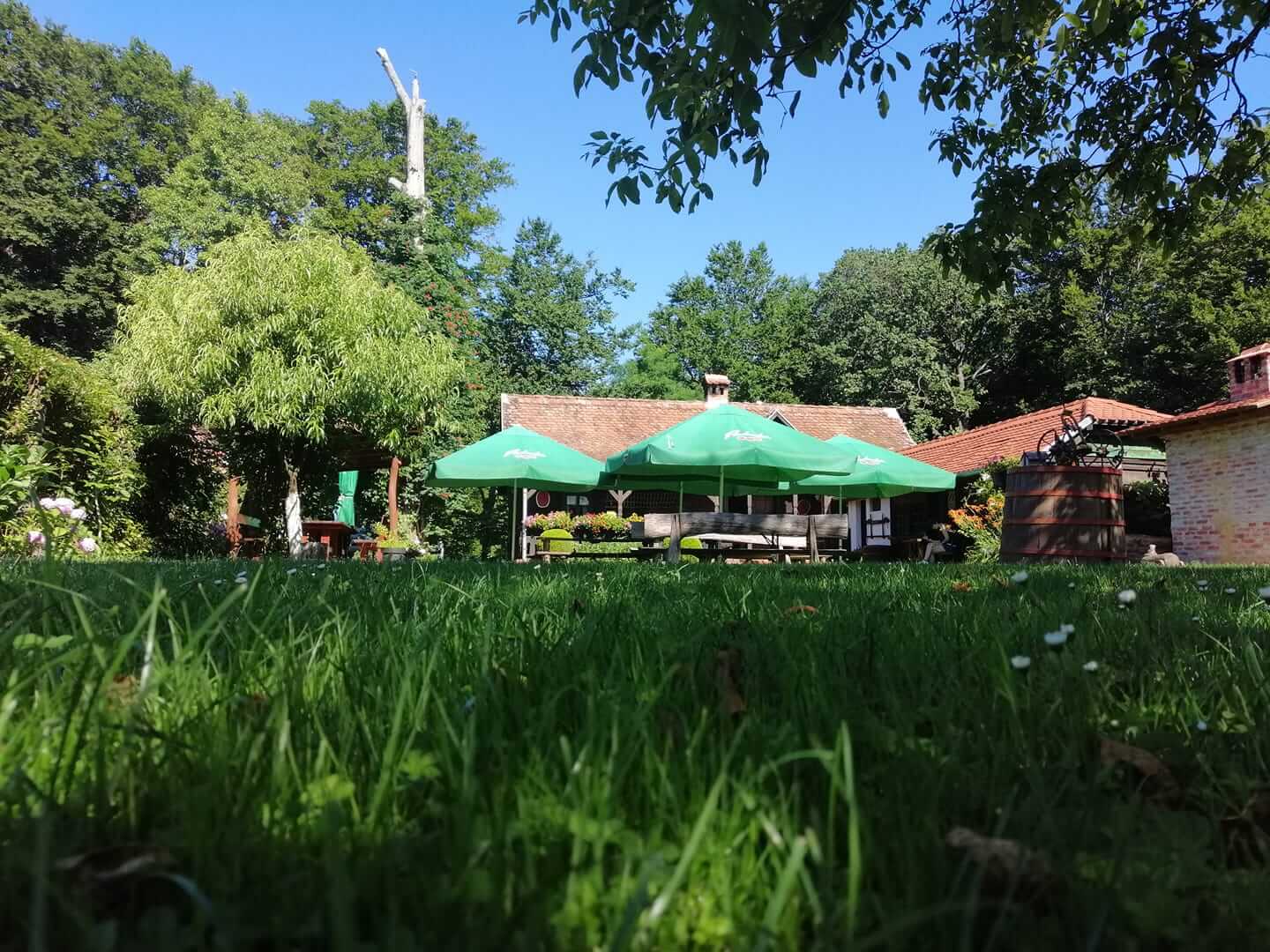 © Gornjevinska klet
© Gornjevinska klet
The tavern is tucked away, back from the main road and surrounded by peaceful nature. At the end of the garden, a play area to keep children occupied until the food arrives. In warmer months, dishes are served to sun-shaded wooden tables outside or in the homely, rustic interior when it’s cold.
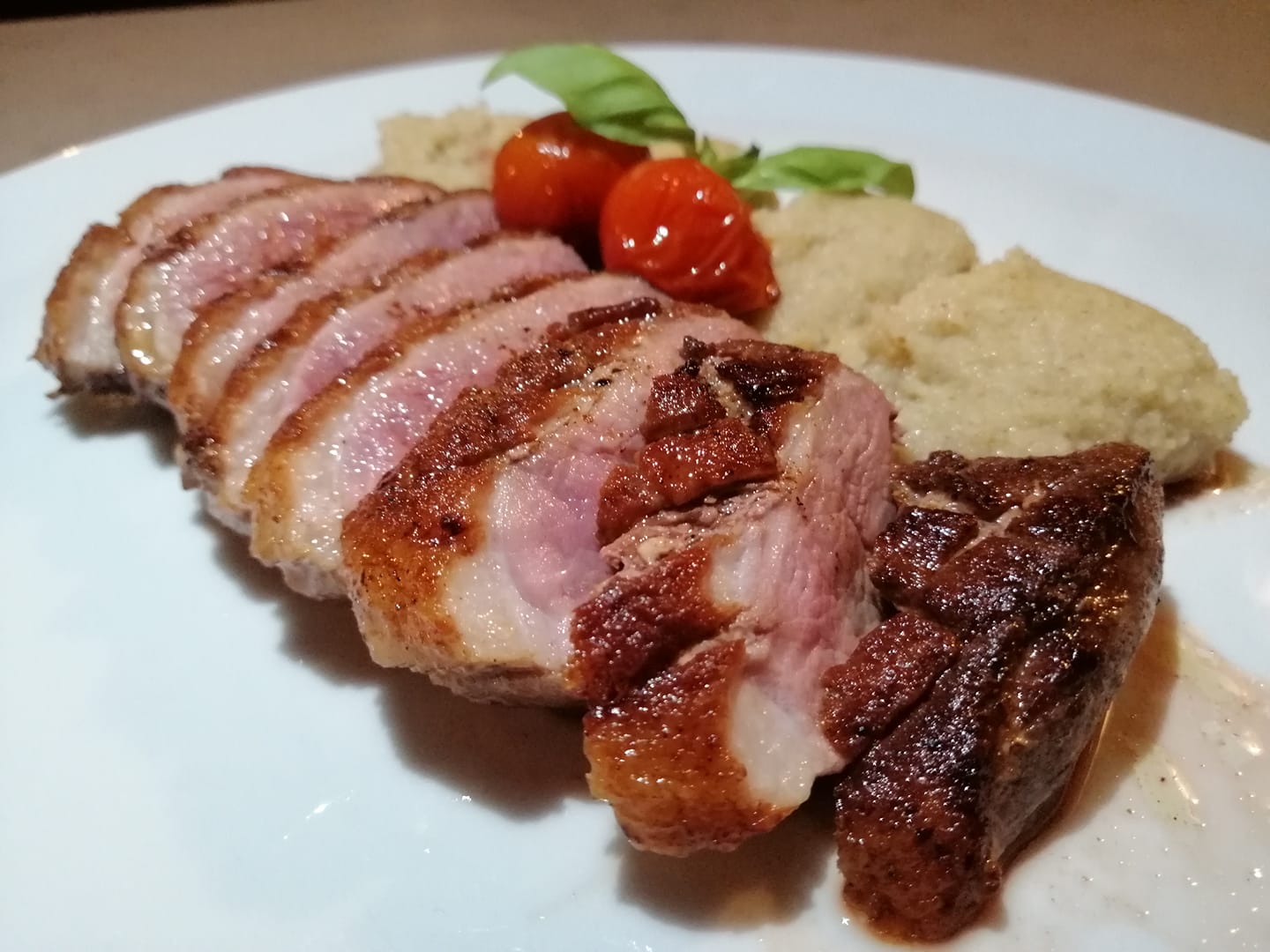 © Gornjevinska klet
© Gornjevinska klet
See spectacular views from Kalnik
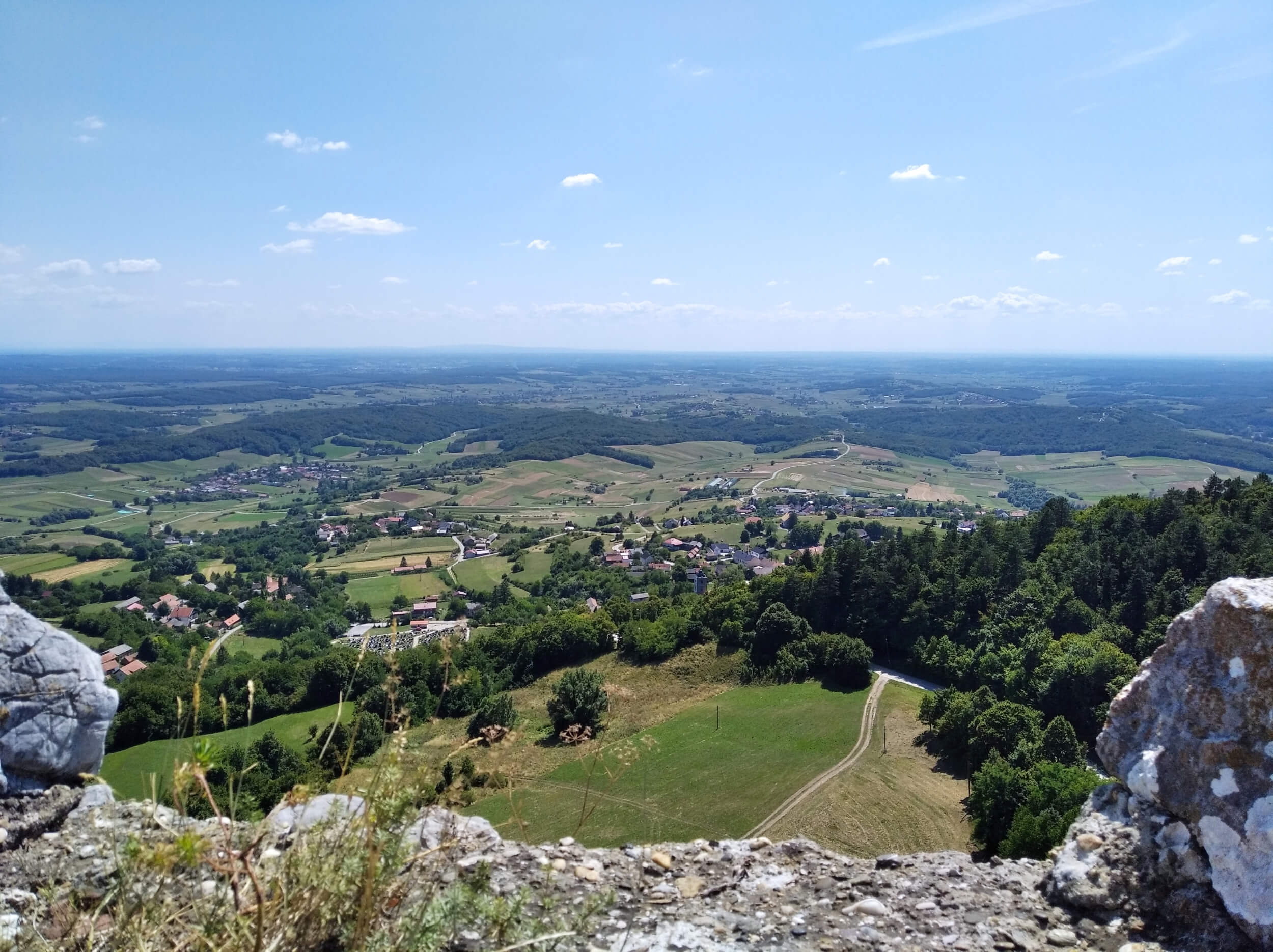 © Marc Rowlands
© Marc Rowlands
To the immediate north of Križevci, not 10 km out of town, you’ll find the remarkable mountains of Kalnik. These ancient peaks form a natural border between the historic Croatian regions of Zagorje, Prigorje and Podravina. To their west is Zagreb County, to the south and east is Koprivnica- Križevci County and to their north is Varaždin County.
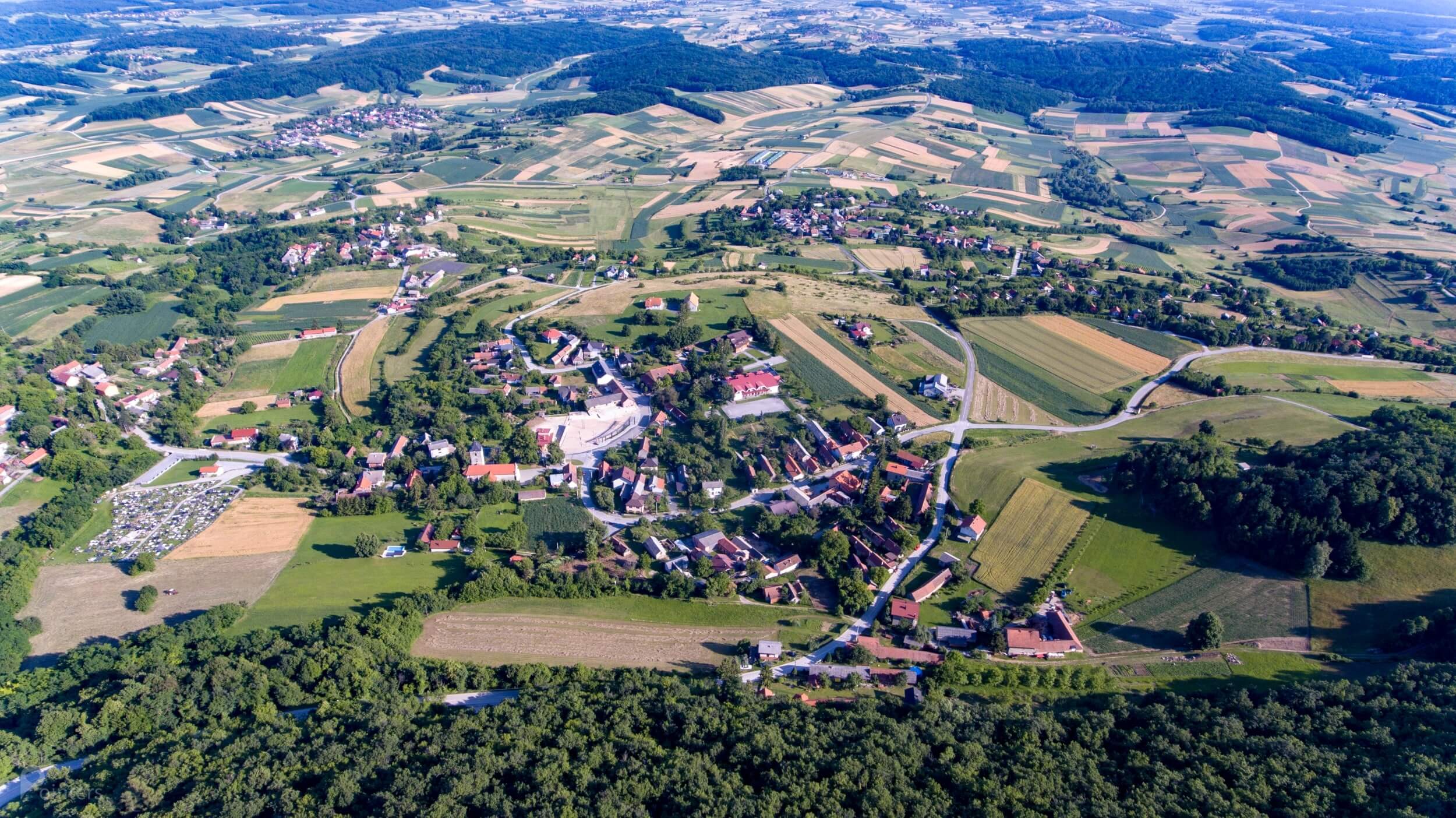 Kalnik © Koprivnica-Križevci County Tourist Board
Kalnik © Koprivnica-Križevci County Tourist Board
Take your car to the mountain lodge not far from the peak of Mount Kalnik itself. It’s just a short walk up to the ruins of the castle fortress on top. From there, you get spectacular views of the verdant valley that sits below. The vineyards, orchards and fields of agriculture you see from here produce the amazing wine and food you’ll try in Križevci.
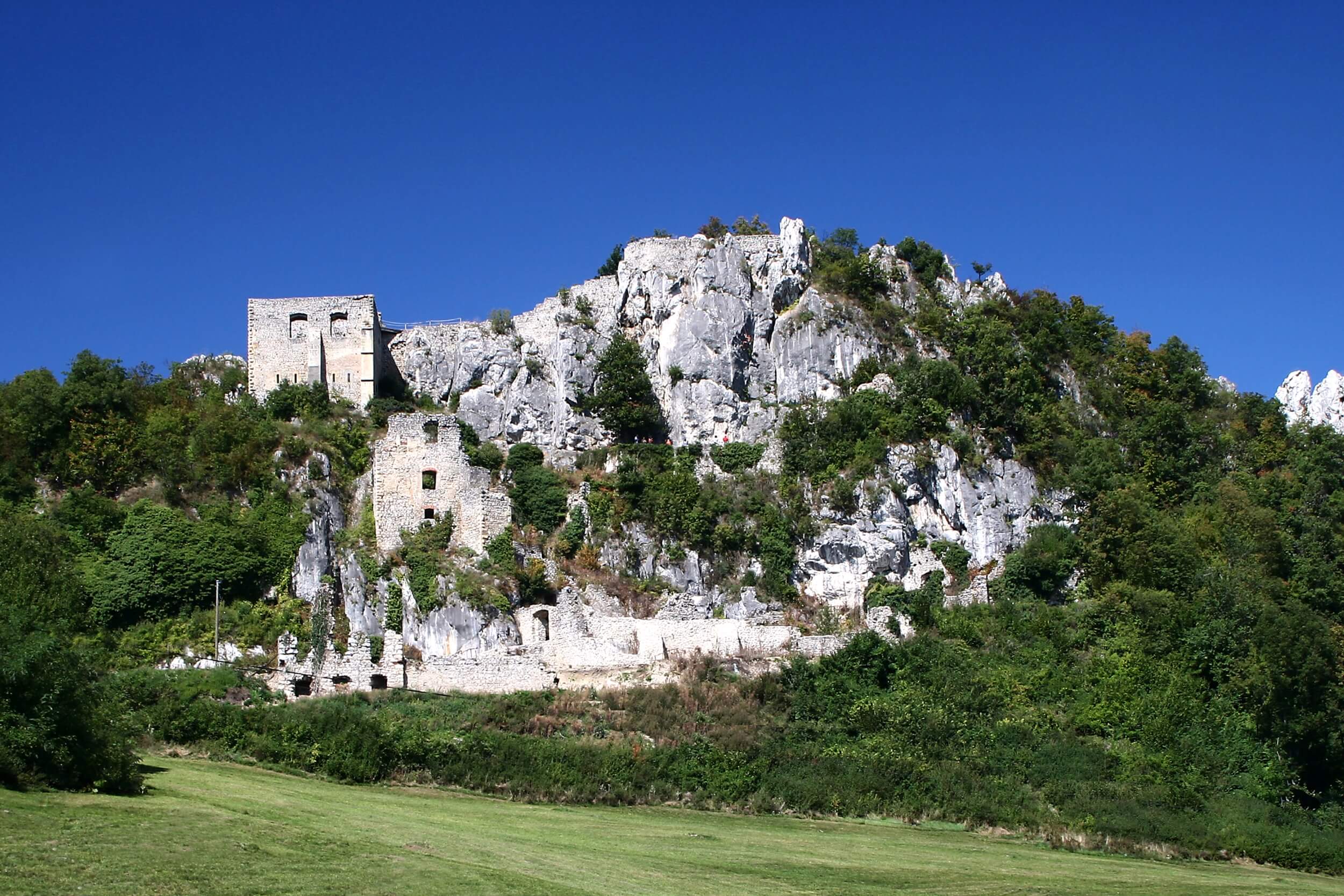 © Željko Car
© Željko Car
Kalnik fortress was first mentioned in the 13th century and consists of three parts. The first part was built during the period of the Tatar invasion, and it’s believed that King Bela IV hid here at that time. Of course, the fortress and its brilliant views are not the only thing to see.
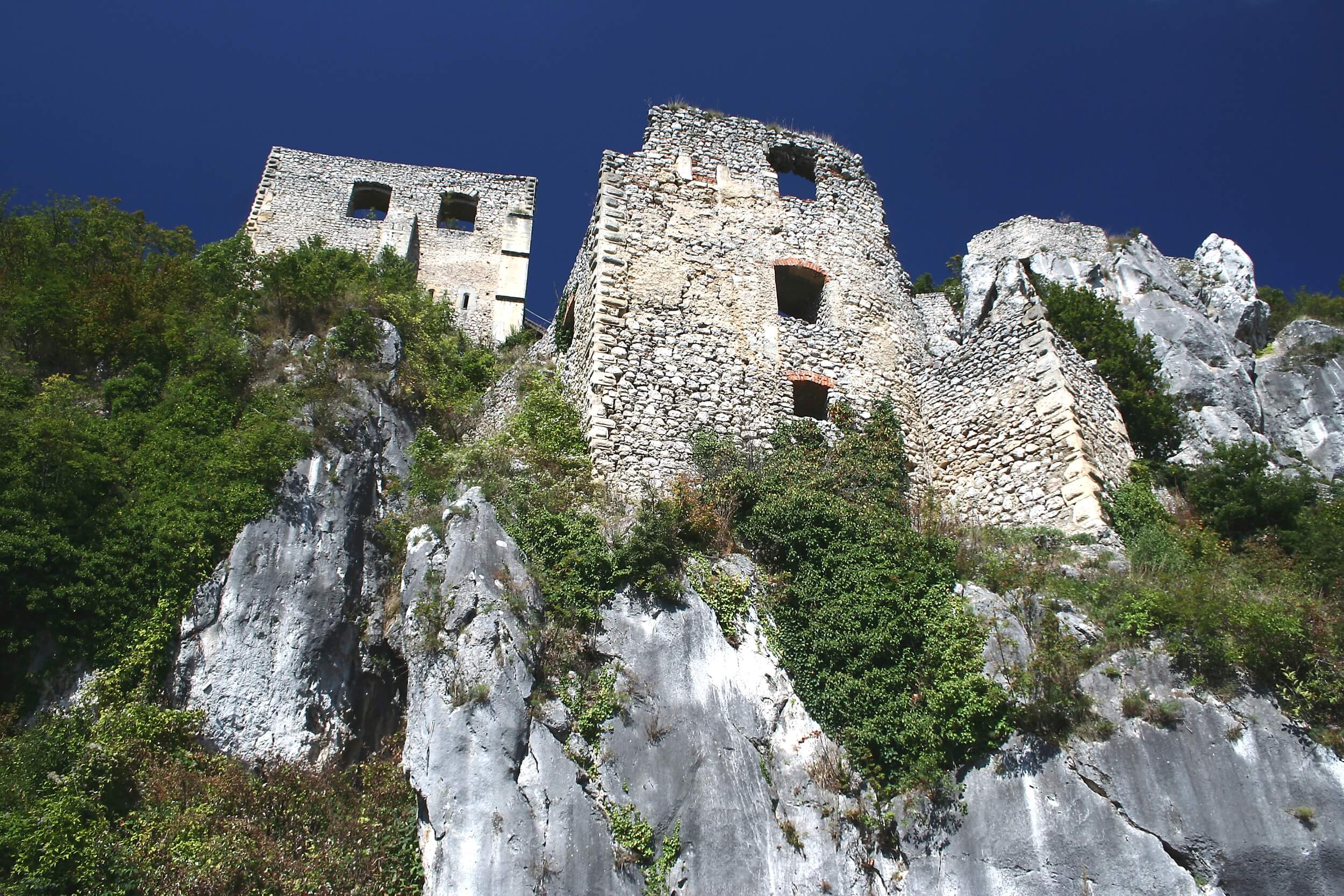 © Željko Car
© Željko Car
The mountain range is actually 16 kilometres long. On average, the peaks sit between 400 to 500 metres. Kalnik has two ridges that run parallel to one another. The one to the north is covered in forest. The southern one has protruding rocks.
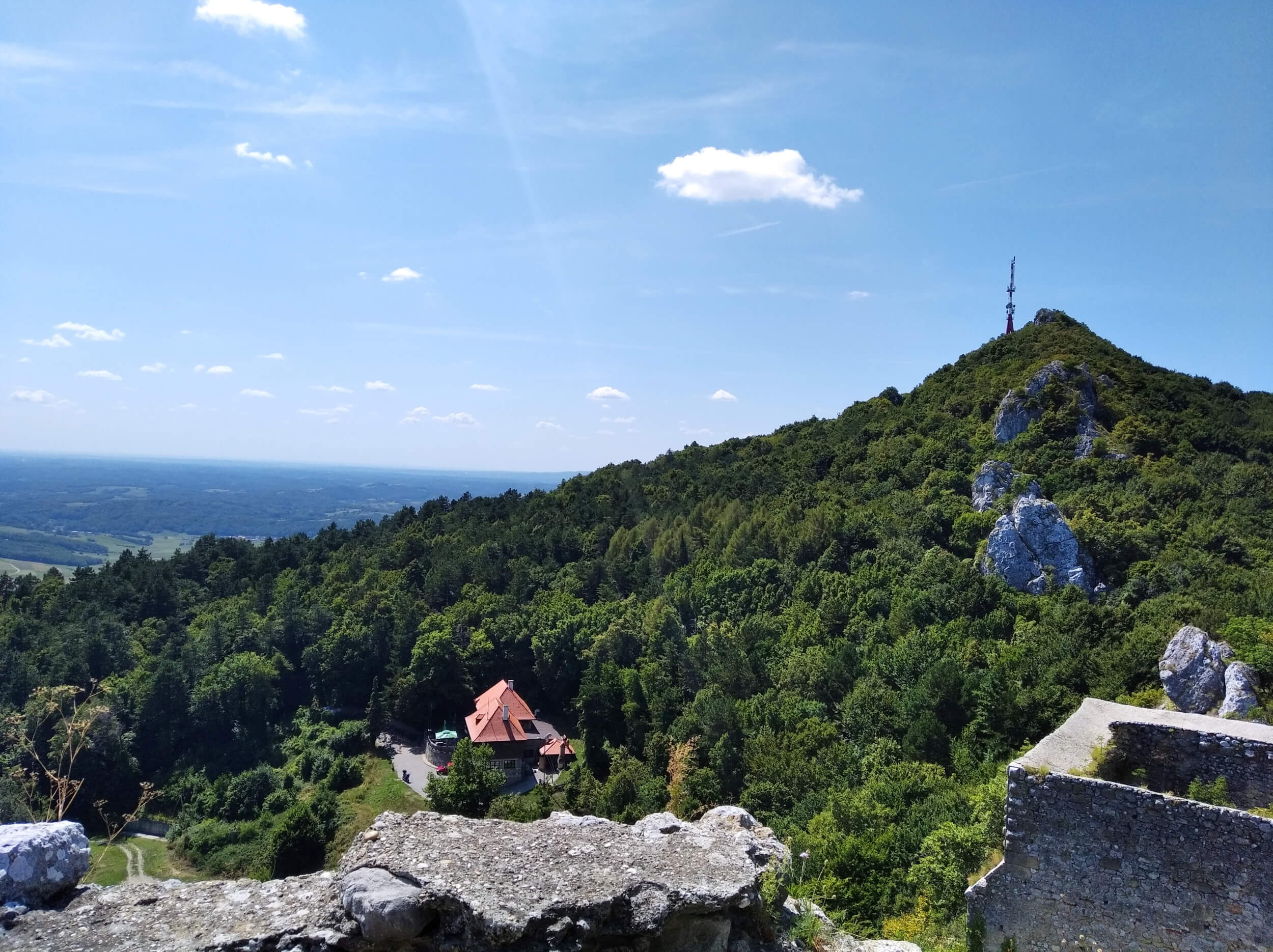 © Marc Rowlands
© Marc Rowlands
Hikers love to come and tackle the peaks of Vranilac and Mali Kalnik and see the rocks known as the Seven Teeth. A large section of Kalnička gora is protected, and one area near Mali Kalnik is designated as a special botanical reserve.
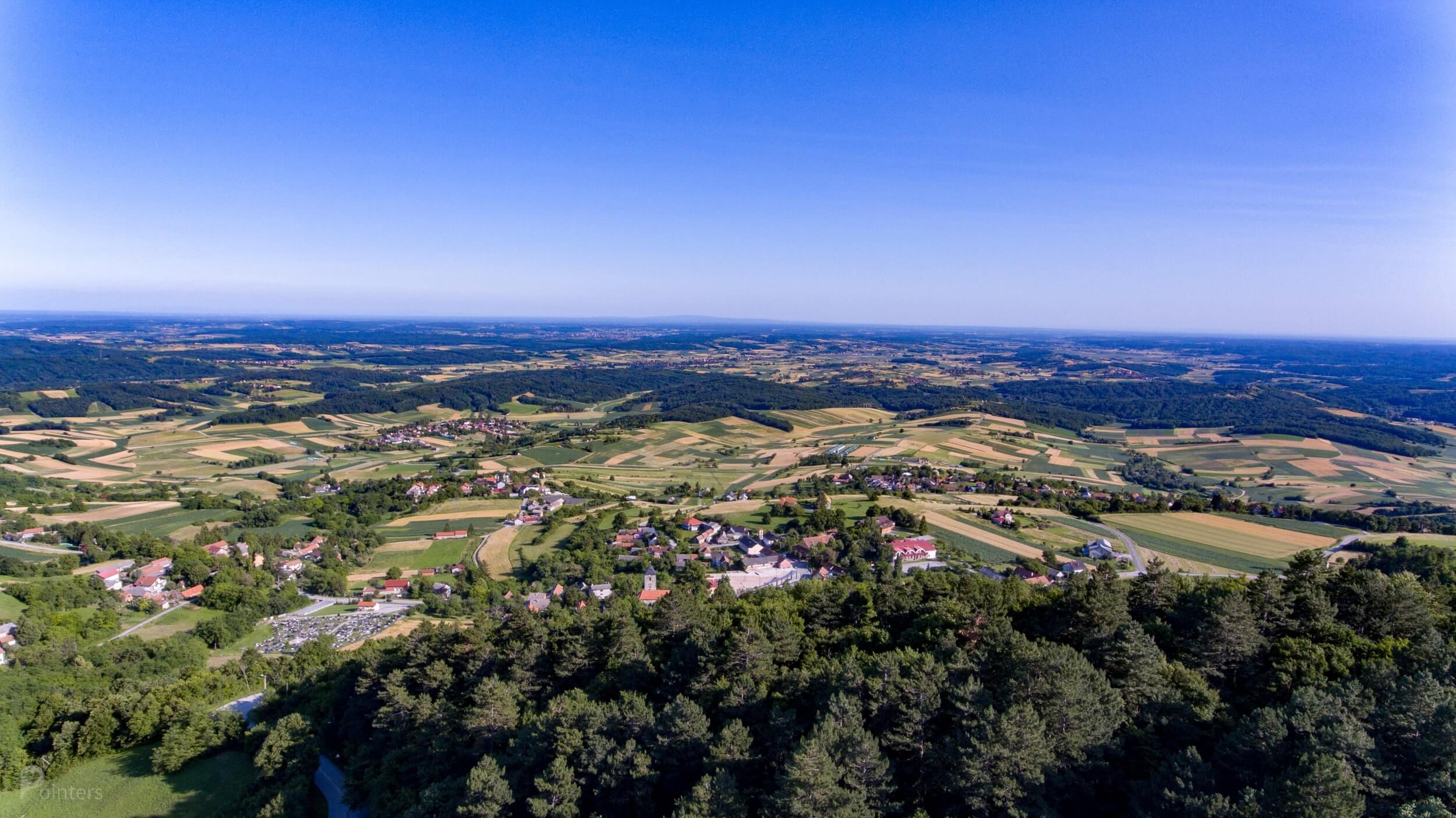 © Koprivnica-Križevci County Tourist Board
© Koprivnica-Križevci County Tourist Board
You can also explore the Kalnik mountains on an educational trail or on the picturesque strait of Vratno. On the latter, you encounter a playground, the Škrinja viewpoint and three caves.
Visit the architectural masterpiece of the Greek Catholic Cathedral of the Holy Trinity (Grkokatolička katedrala Svetog Trojstva Križevci)
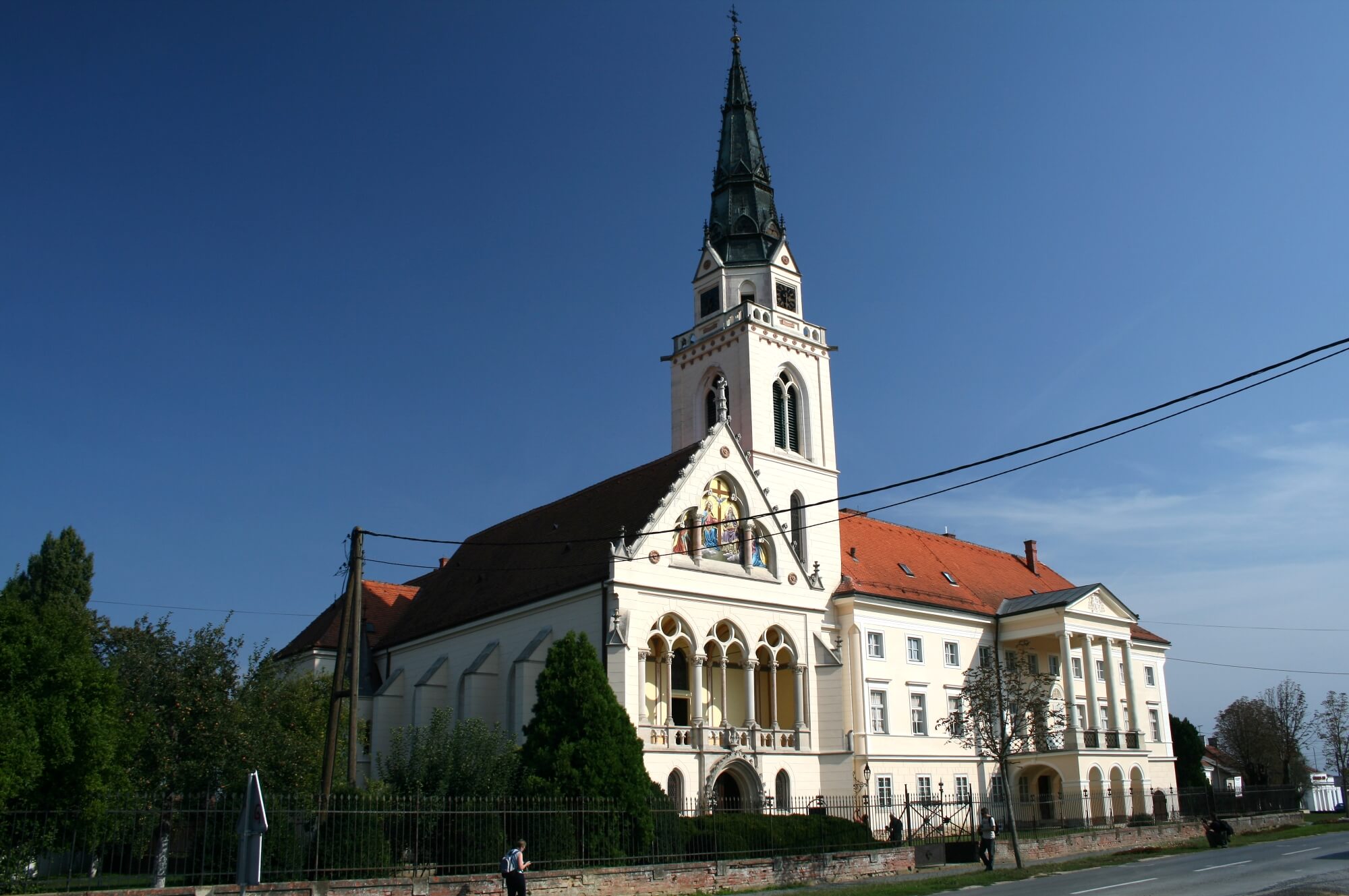 © Željko Car
© Željko Car
The most highly-prized buildings in Križevci are the Greek Catholic Cathedral of the Holy Trinity and its Episcopal Palace. They are architectural masterpieces not only of national significance but also for the wider region.
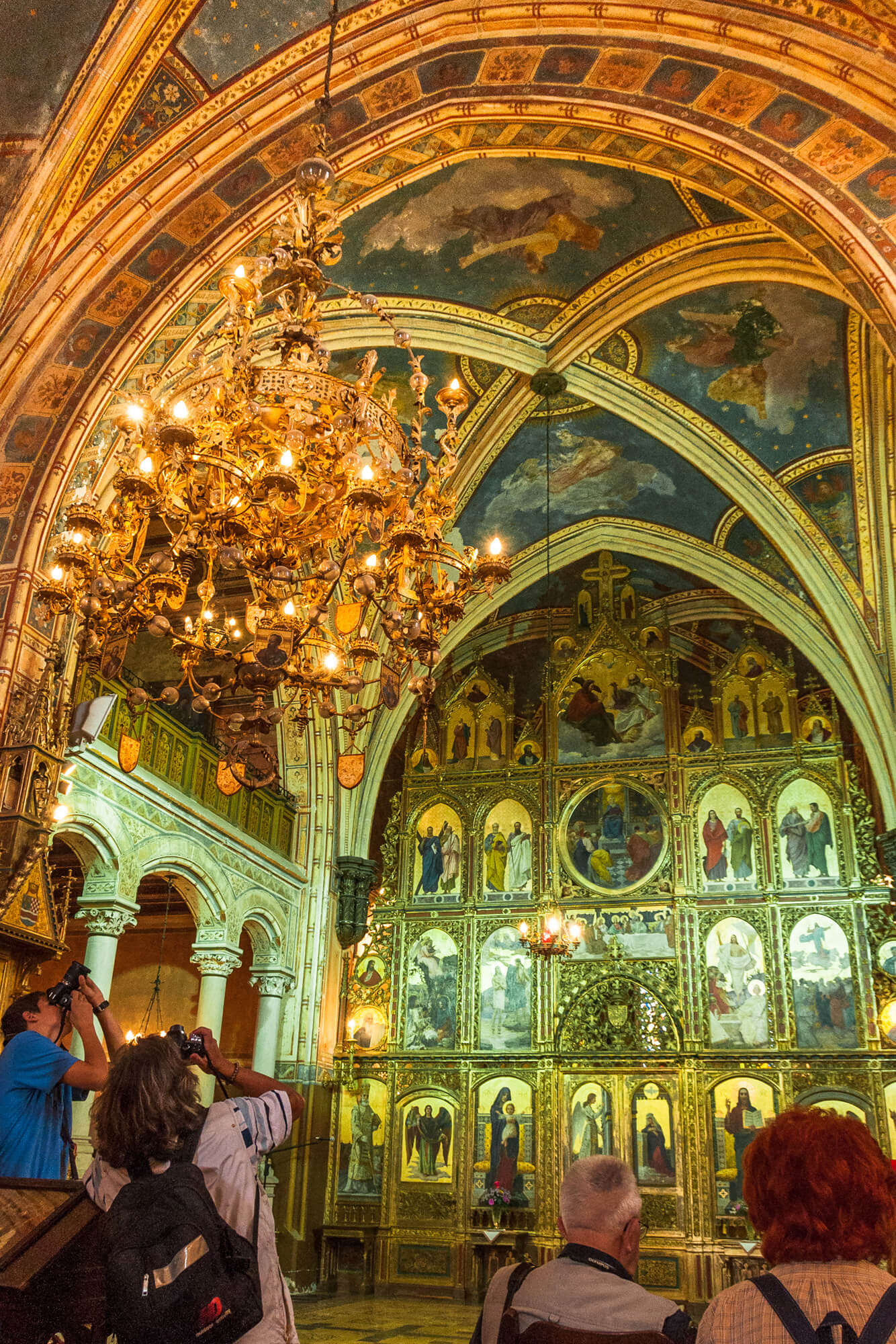 © Mato Zeman
© Mato Zeman
This is the cathedral of Greek Catholics in Croatia, Slovenia and Bosnia-Herzegovina. Until 2001, this was also the cathedral of Greek Catholics in Serbia, Montenegro and North Macedonia.
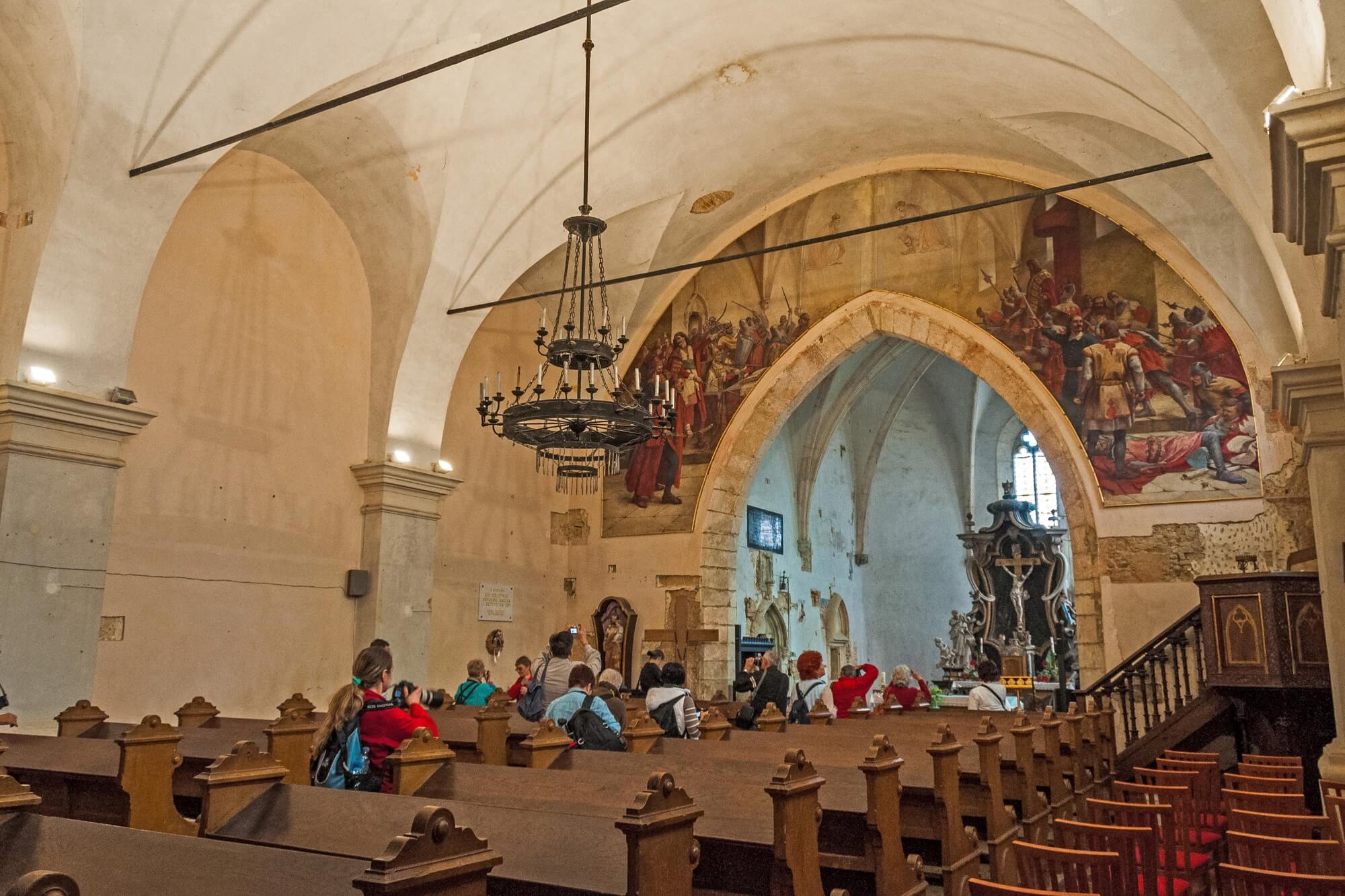 © Mato Zeman
© Mato Zeman
The building’s origins go all the way back to an Augustinian monastery that was built here in the 14th century. Ottoman armies destroyed it, but the Franciscans rebuilt it in 1627. They inhabited the church until 1786, at which point Emperor Joseph II decided it would be put to better use by the military.
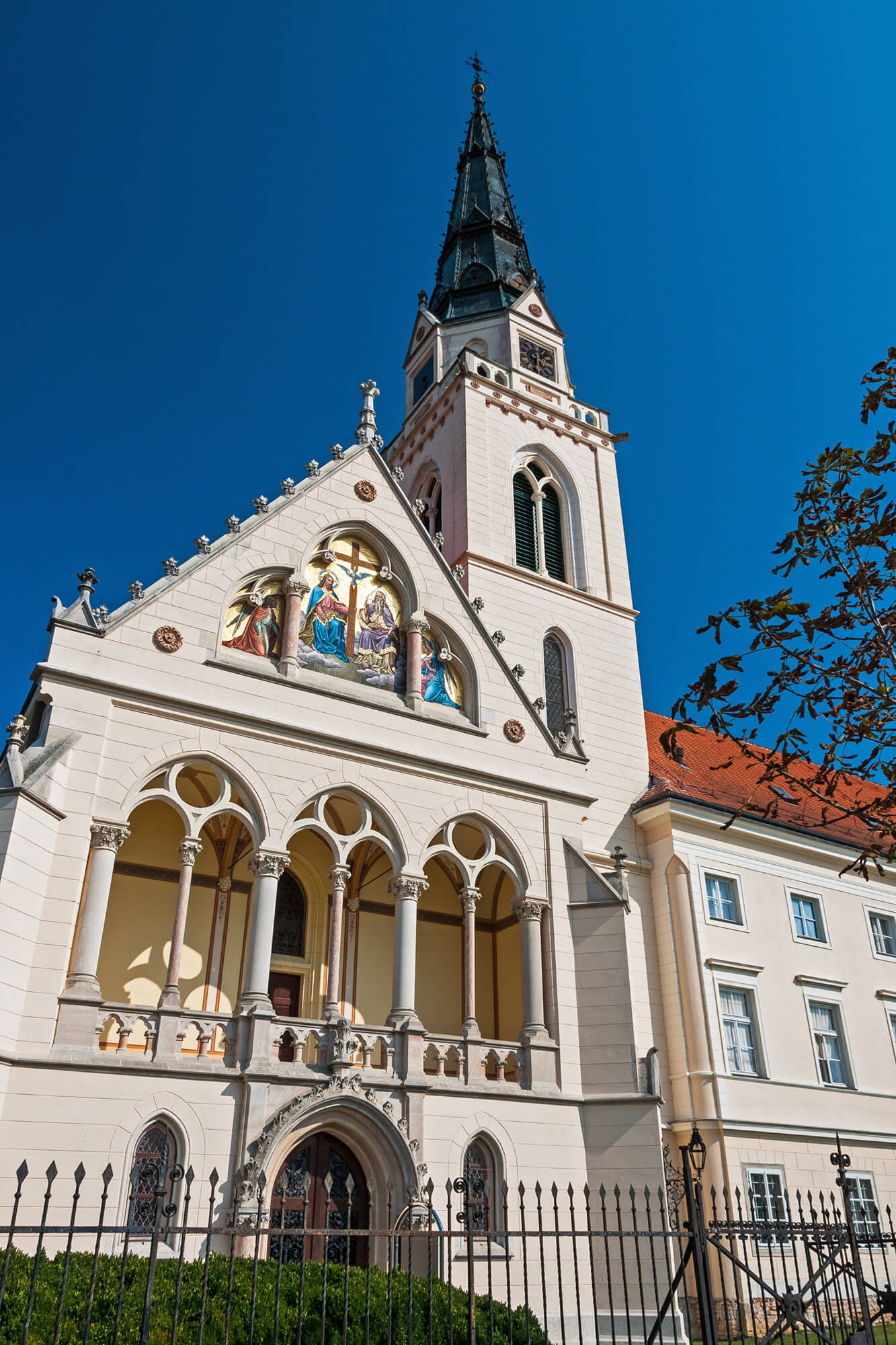 © Mato Zeman
© Mato Zeman
By 1791, the military had left and the church returned to its original use. Reconstruction of the church was carried out by bishop Silvije Bubanović, who dedicated it in the year 1798. The cathedral’s Baroque architecture was added during these reconstructions.
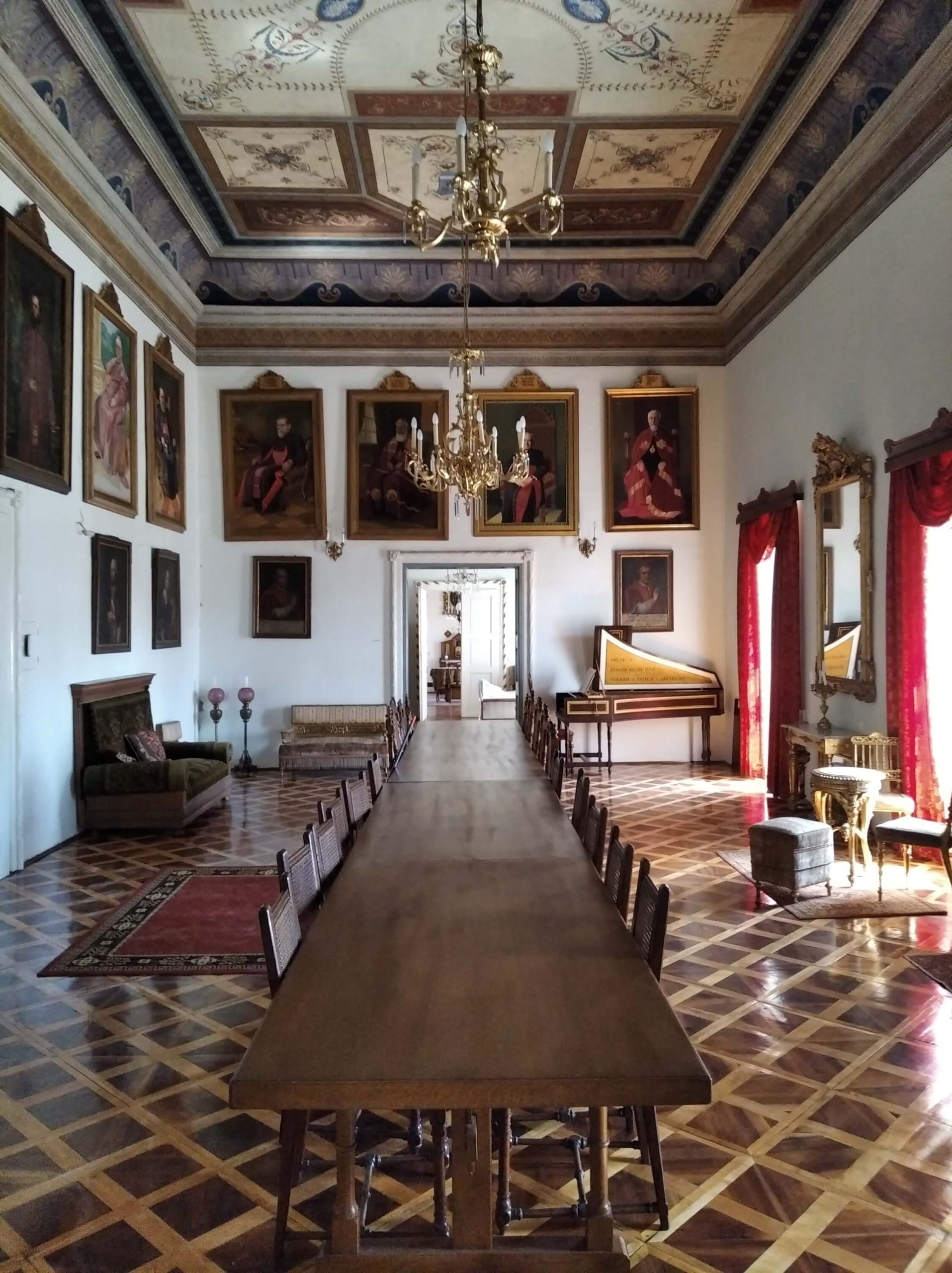 © Marc Rowlands
© Marc Rowlands
The most significant remodelling of the cathedral’s interior and exterior took place between 1895 and 1897, during the reign of Bishop Julije Drohobecki. Plans for this reconstruction were made by architect Hermann Bollé, famous for his work at Đakovo cathedral and in Zagreb – its cathedral, Mirogoj cemetery and the Museum of Arts and Crafts.
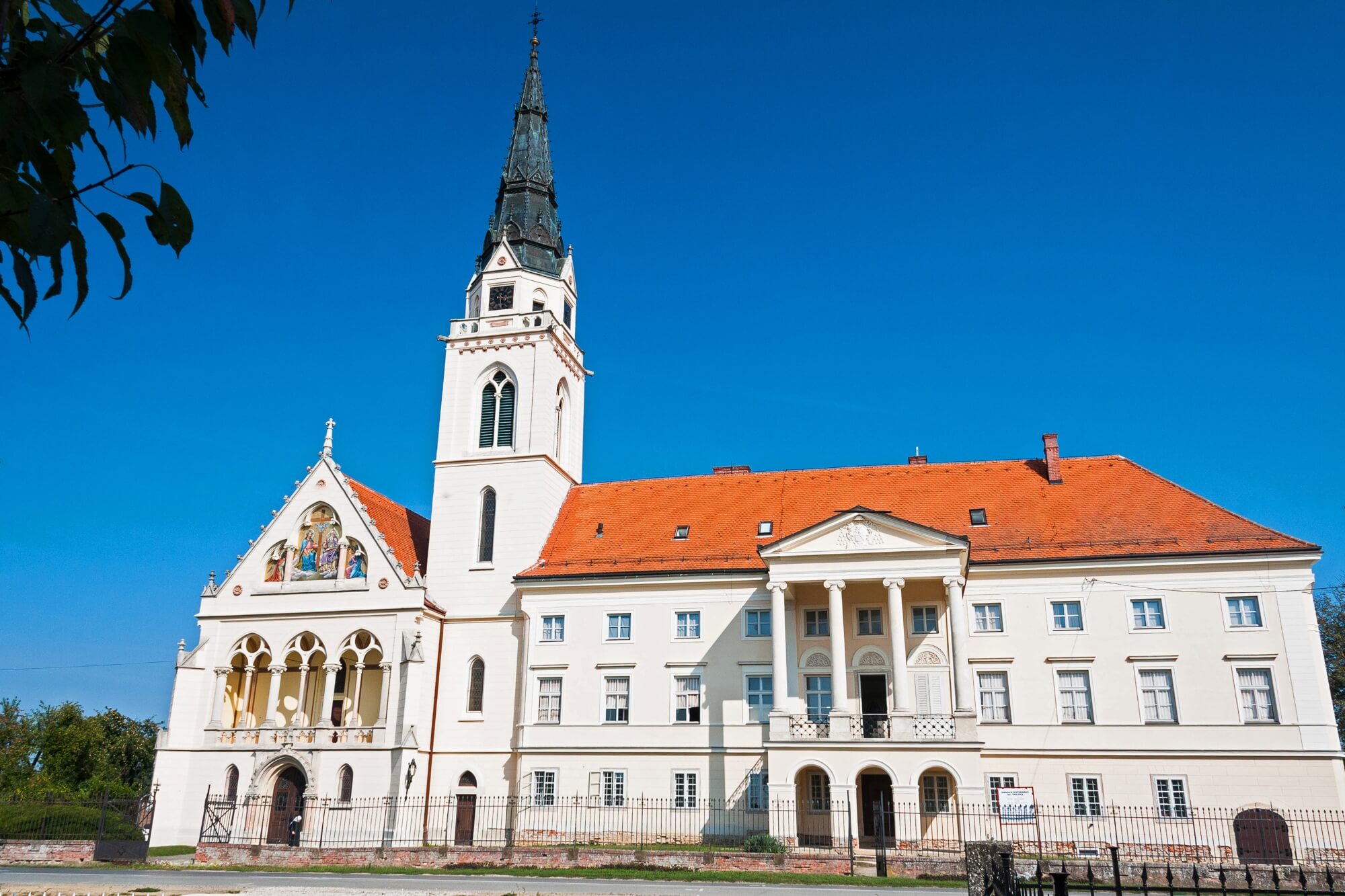 © Mato Zeman
© Mato Zeman
The Neo-Gothic features of the Greek Catholic Cathedral of the Holy Trinity date from this renovation. So too do most of the incredible paintings and works of art found inside. Bishop Julije Drohobecki was a significant enthusiast of art. He commissioned the leading Croatian painters of the day to decorate the cathedral’s interior – Bela Čikoš Sesija, Ivan Tišov, Ferdo Kovačević, Celestin Mato Medović and others.
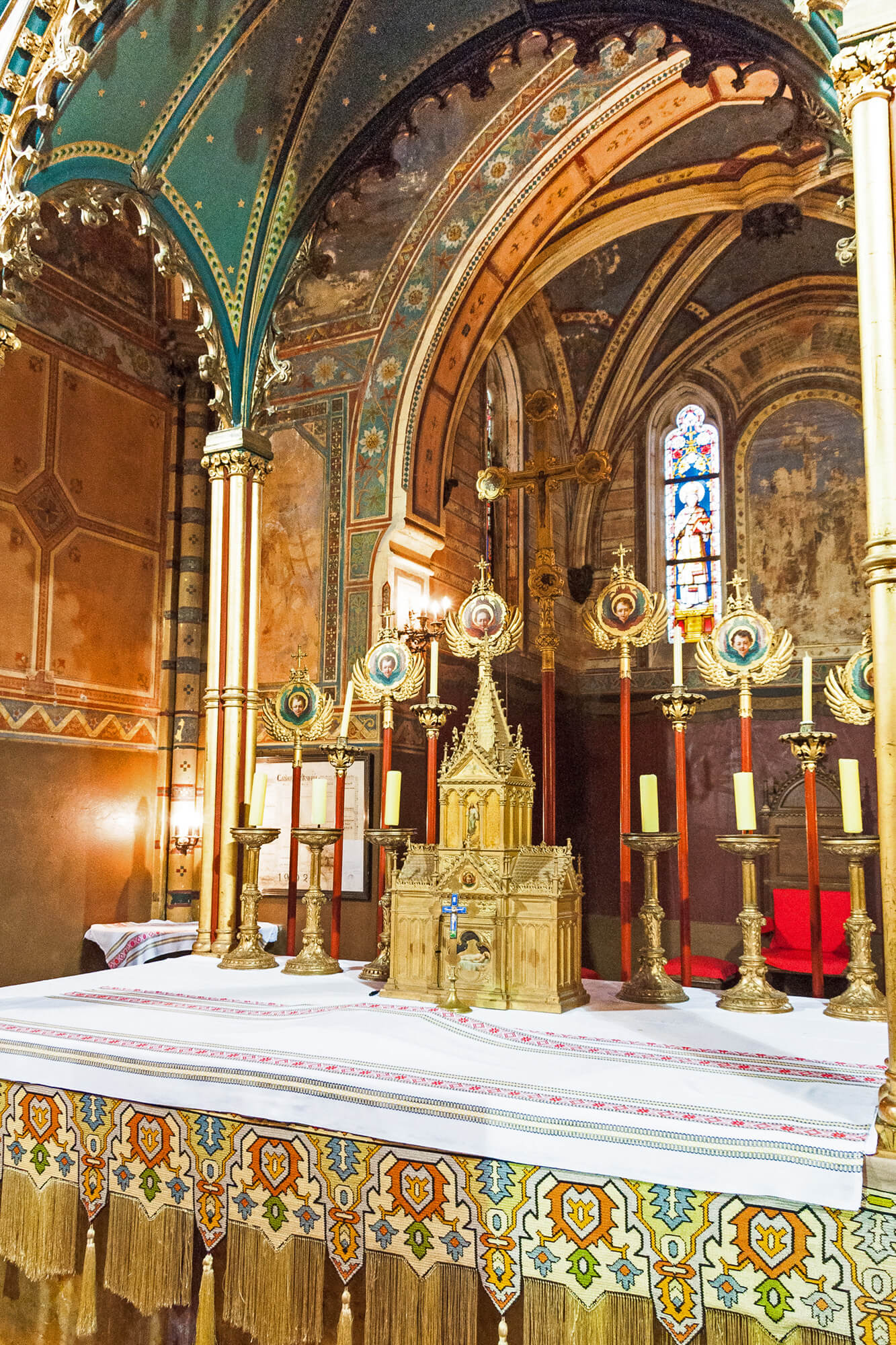 © Mato Zeman
© Mato Zeman
Located on the first floor of the eastern block of the bishop’s residence is the Library of the Bishops of Greek Catholicism. It contains around five thousand books dating from the 15th century, including 42 editions from the 16th century, around 180 editions from the 17th century, around 70 manuscripts and a particularly rich collection of dictionaries. Some of the books are extremely rare. Among them, the Missalum Zagrebiensis from 1506, printed in Venice and the first Bible printed in the Croatian language by Petar Katančić in 1831 in Buda.
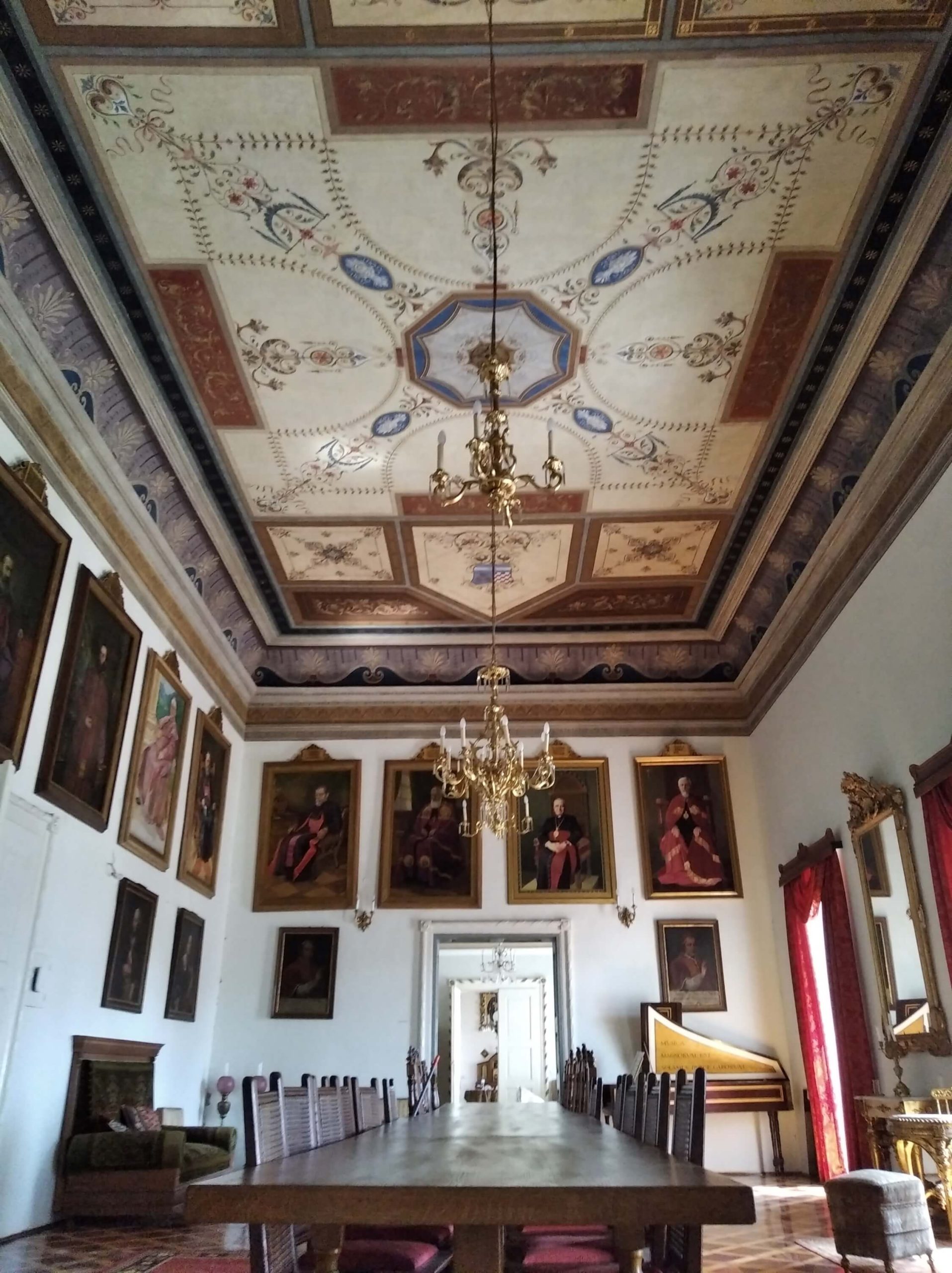 © Marc Rowlands
© Marc Rowlands
Another fascinating aspect of the cathedral is the absence of musical instruments. In services, songs are sung unaccompanied in the Old Church Slavonic language – the first Slavic literary language. Documents used within the liturgy are written in the Cyrillic alphabet. The cathedral is home to several monks, who have strict daily rituals regarding prayer, silence and solitude. But, by prior arrangement, they are very happy to welcome you inside and show you around.
This article was produced with the kind co-operation of Koprivnica-Križevci County Tourist Board (here). Both the author and Total Croatia News would like to extend their sincere thanks to the following photographers who generously lent their images to this work – Mato Zeman, Miroslav Stručić and Željko Car. Thanks also to Ivan Nemet and Sonja Badalić.

